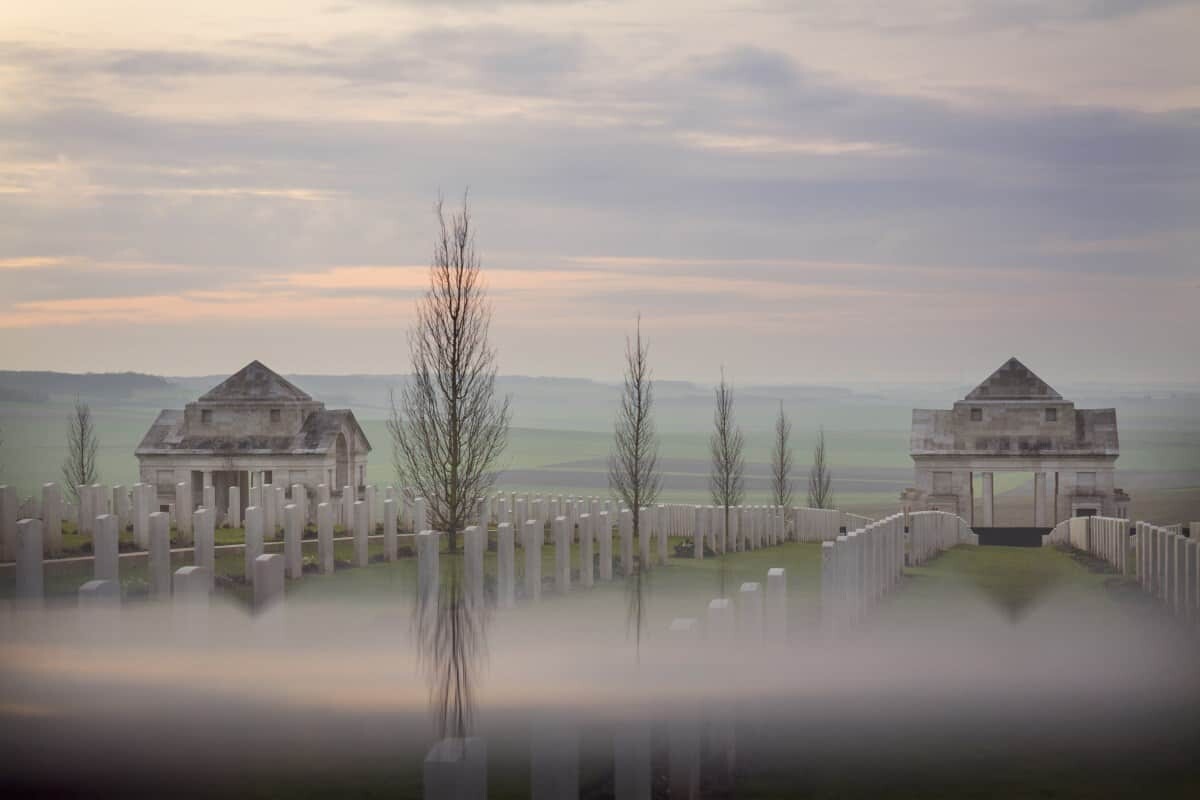
At the going down of the sun and in the morning. We will remember them.
It’s an ode read aloud every April 25th, in commemoration of ANZAC Day and the thousands of soldiers who lost their lives during World War I. A statement that for some reason sticks with me more than anything else.
Every time it’s read, I think of how many families never saw their loved ones return from battlefields so far from home. How many will always remember the sacrifice, courage, bravery and resilience displayed in battlefields a world away from our Aussie shores.
Today, as a way of remembering and researching family history, many Australians make pilgrimages to La Somme region in France where Australian soldiers fought some of the most significant battles of World War I.
The region, more widely known as the Western Front stretches some 200km from Villers-Bretonneux in France to Ypres in Belgium.
“Of the 295,000 Australians who served on the Western front, more than 46,000 died and more than 130,000 Australians were wounded. The Western Front fatalities amount to 75% of the approximately 60,000 Australians who died in the First World War.” – Figures from Department of Veterans Affairs, Australia.
It’s a staggering number that’s hard to comprehend until you’re actually standing in the vast fields of La Somme, looking out over villages that were once in total ruin.
Late in January this year I took on a photography project that involved photographing the entire Australian Remembrance Trail throughout northern France and into Belgium. It’s a project that immediately intrigued me as my own Great Grandfather had worked as a communications runner in the very sites I would be visiting.
His war diary wrote of the Corbie canal, of Sailly-le-Sec and Villers-Bretonneux where on April 25th, 1918, Australian troops surrounded the village and marked the end of the German offensive on the Somme. I also have an image of his boat arriving on the shores of Gallipoli. We aren’t quite sure which man he is in the image below but this photograph was provided by the Australian War Memorial where you can go and obtain records and documents relevant to your family member who fought in the wars.
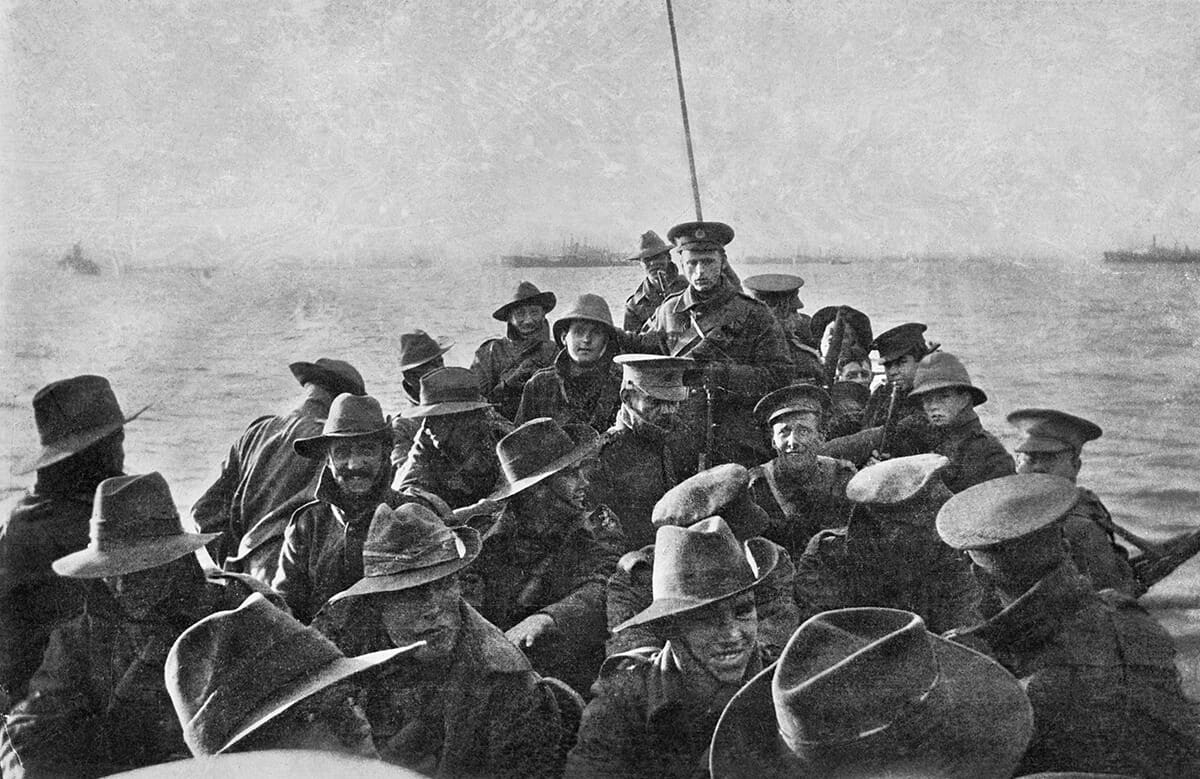
I had prepared to write a lengthy guide to the Somme region, noting memorials and battle sights but instead I’ll leave this to the experts who have written a historic travel guide available for free download. You’ll find the guide available here – Australian Remembrance Trail – A Traveller’s Guide which features some of my imagery.
Instead below you’ll find my photographic journey along the Western Front, visiting the locations marked on the following map…if you have any questions about how to access, visit or travel around the area, please feel free to ask them in the comments below and I’ll do my best to answer them for you.
A Map of historic Sites, villages + museums along the Western Front…
The Sir John Monash Centre, Villers-Bretonneux –
April 25th, 2018 will officially mark the opening of the Sir John Monash Centre which is located beneath the Australian National Memorial at Villers-Bretonneux. The museum is set to be an emotional and in depth tribute to the Australian story on the Western Front. State of the art technology has been installed to tell the stories of the past and allow visitors to experience films displayed in a way that highlights the shocking realities of what occurred throughout the region. The centre is named after General Sir John Monash, who led operations in the Somme as commander of the Australian Corps in 1918 and triumphed with his tactical innovation.
To find out more about the centre visit – https://sjmc.gov.au/
A photographic journey from Villers-Bretonneux, France to Ypres, Belgium –
The following images were taken in late January 2018 with my Olympus OM-D E-M1 MkII which held up amazingly well despite the wet, muddy and chilly conditions. I used the M.Zuiko 12-40mm and 40-150mm lenses on rotation for this shoot.
For those interested in photographing the region in winter, be prepared for a lot of gloomy weather but the conditions also help to tell the story of the locations. Aim to have somewhere in mind for sunrise and sunset then use the rest of the day to tour the many museums and memorials along the Western Front.
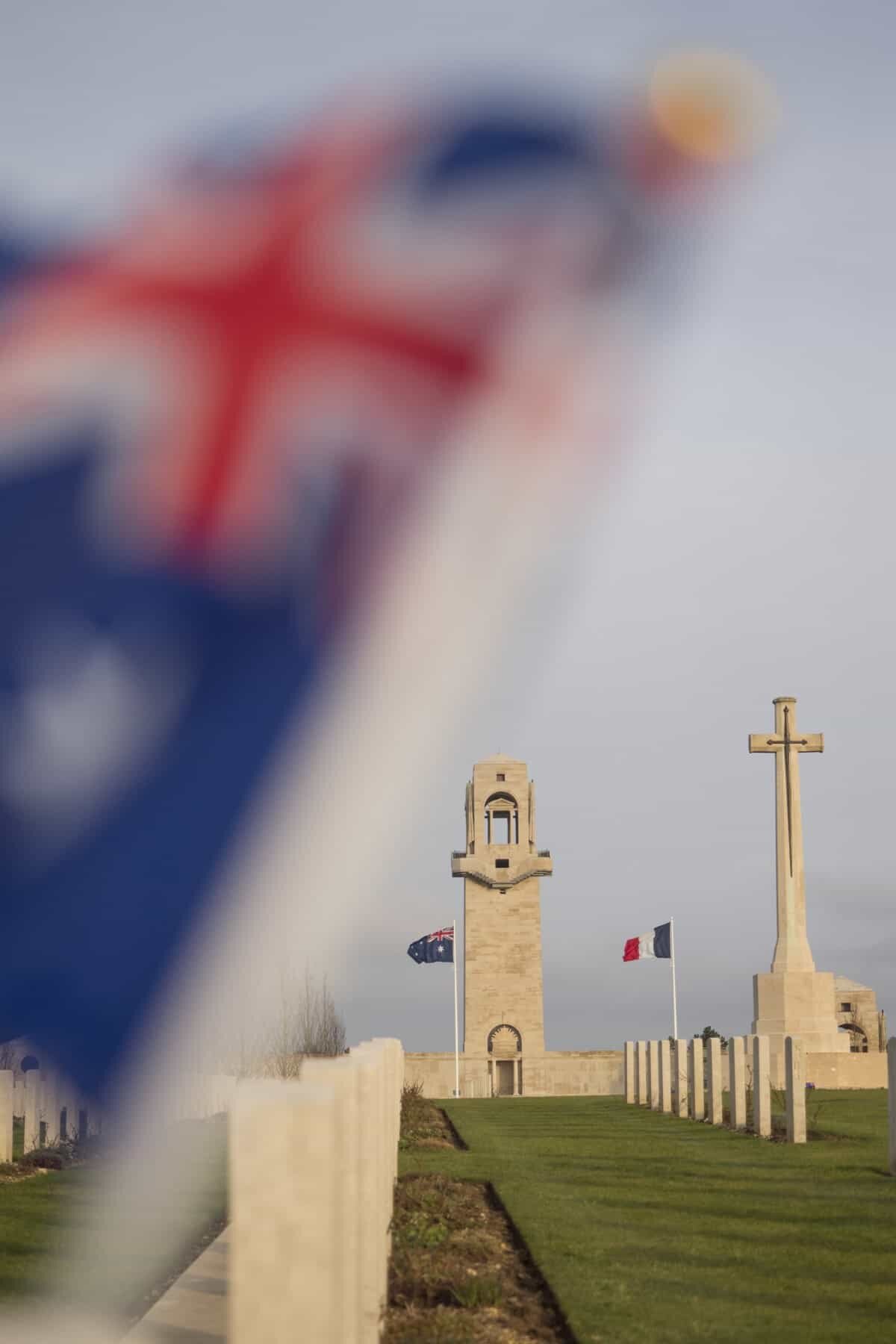
Australian National Memorial at Villers-Bretonneux, France

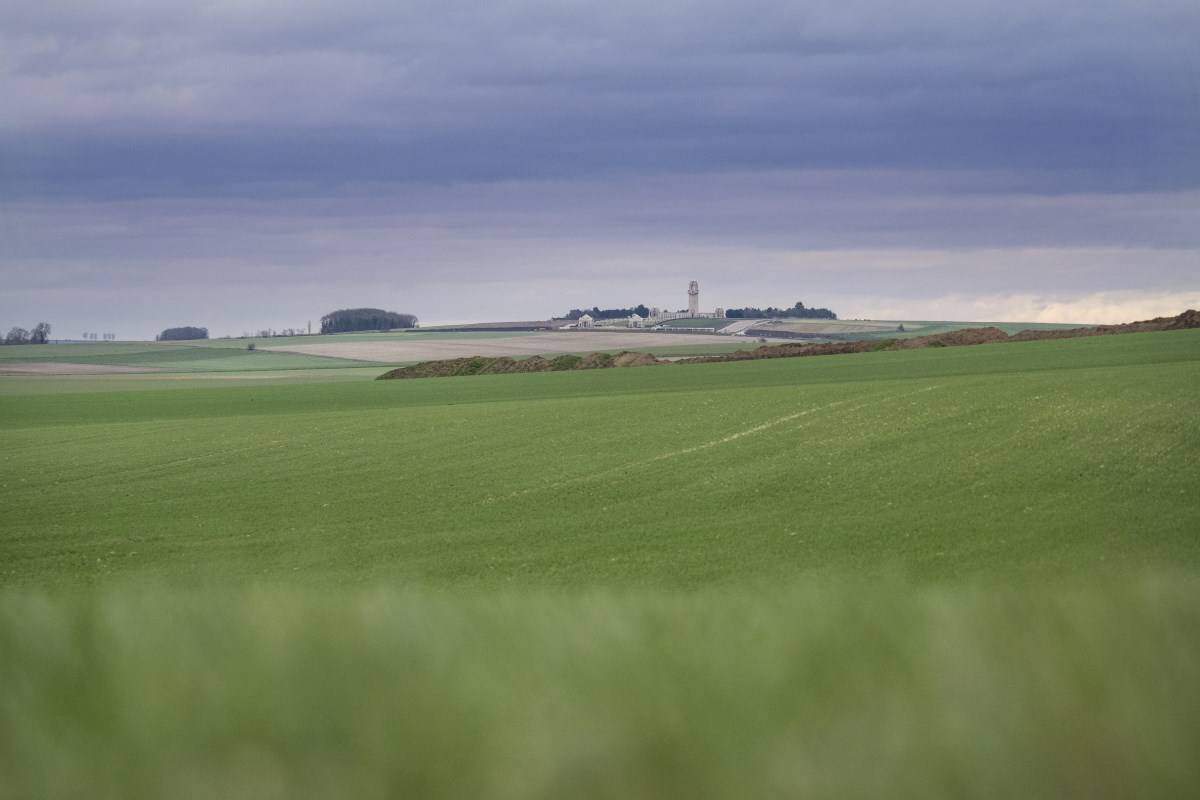
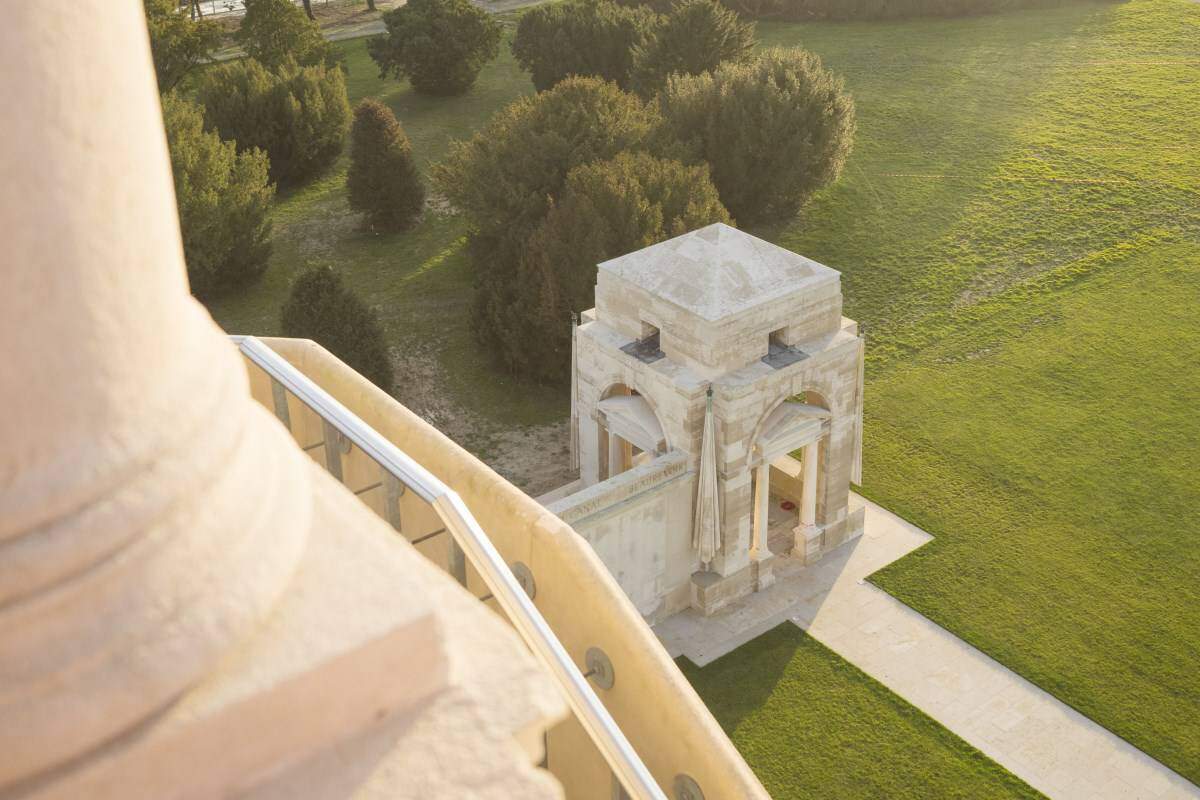
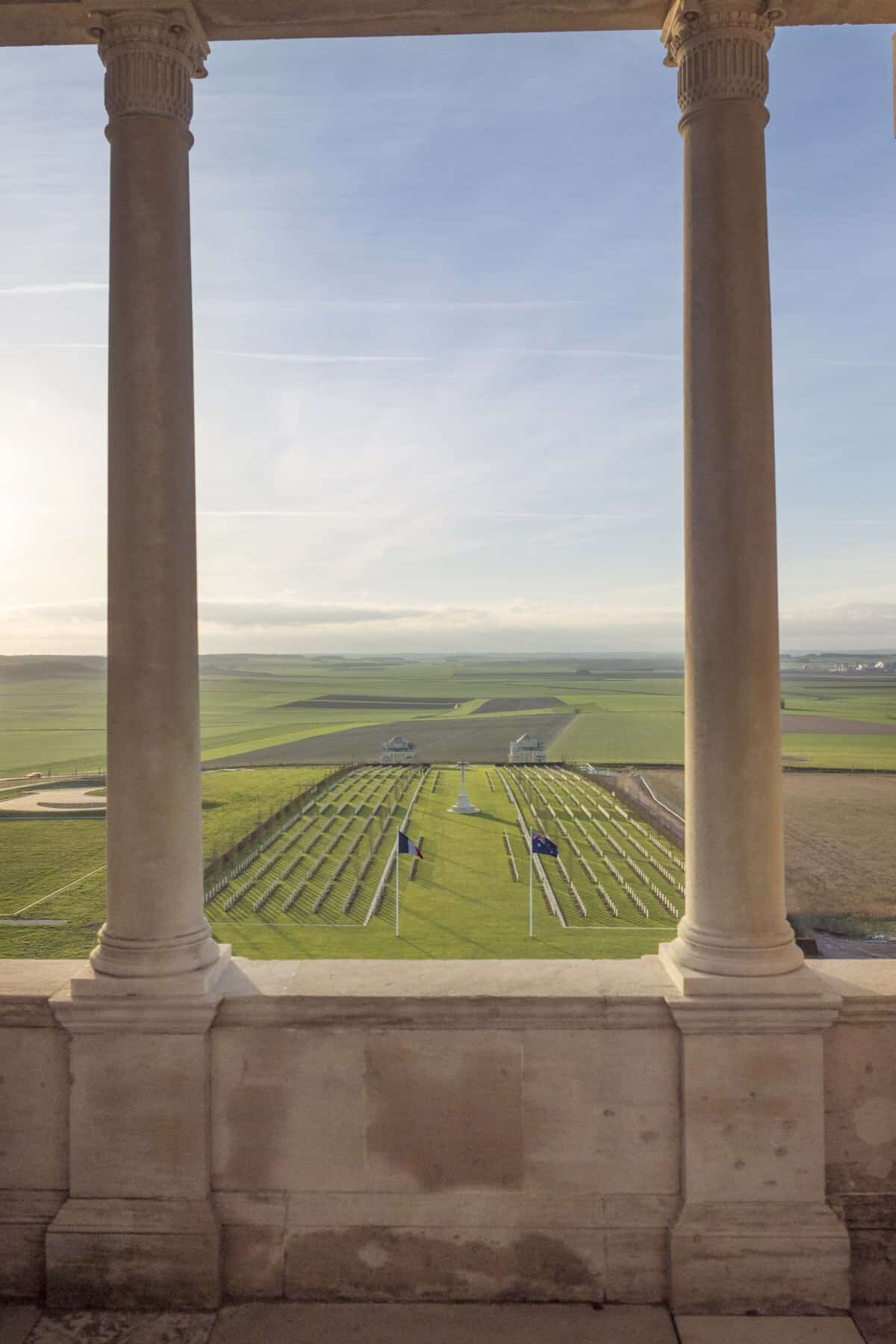
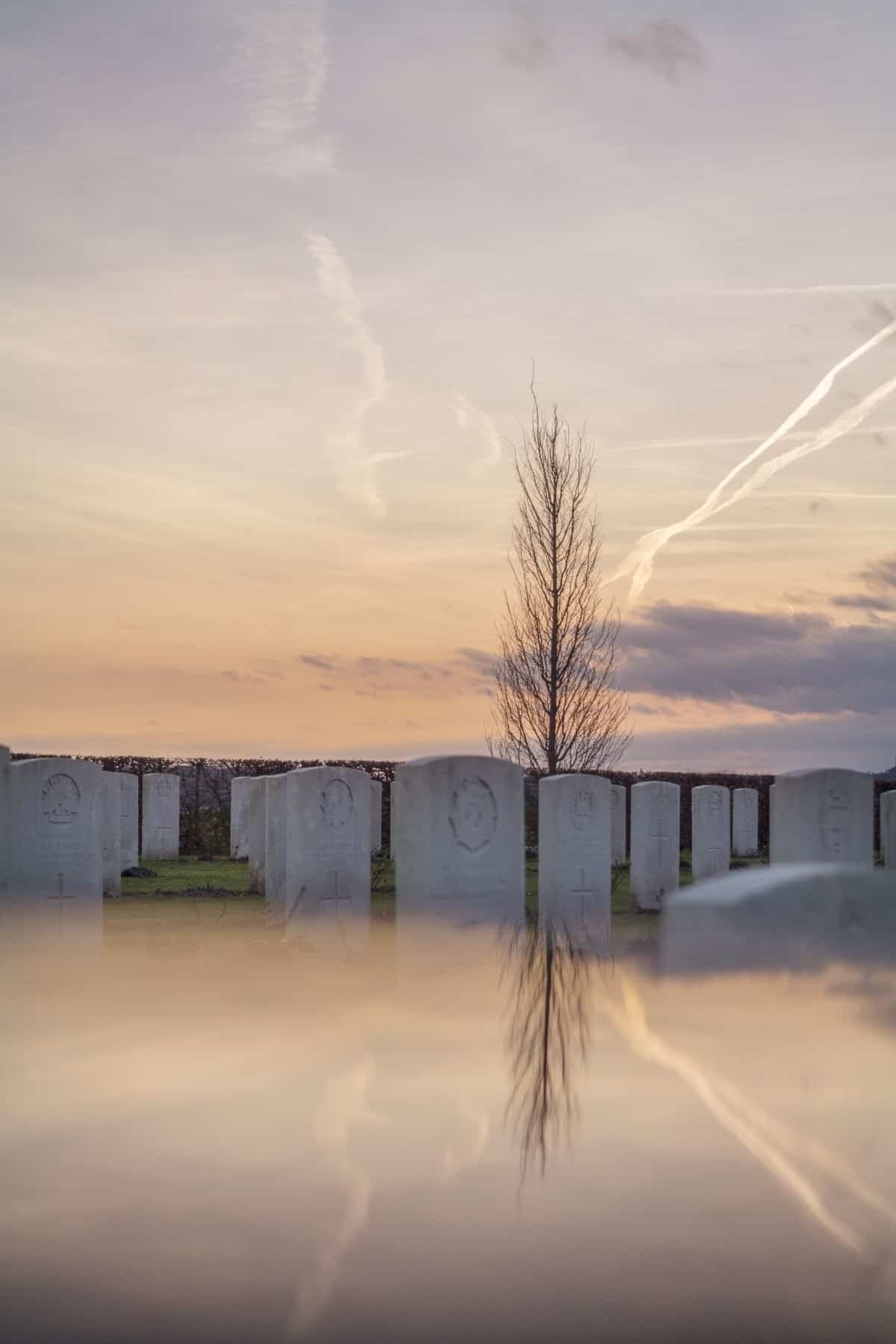
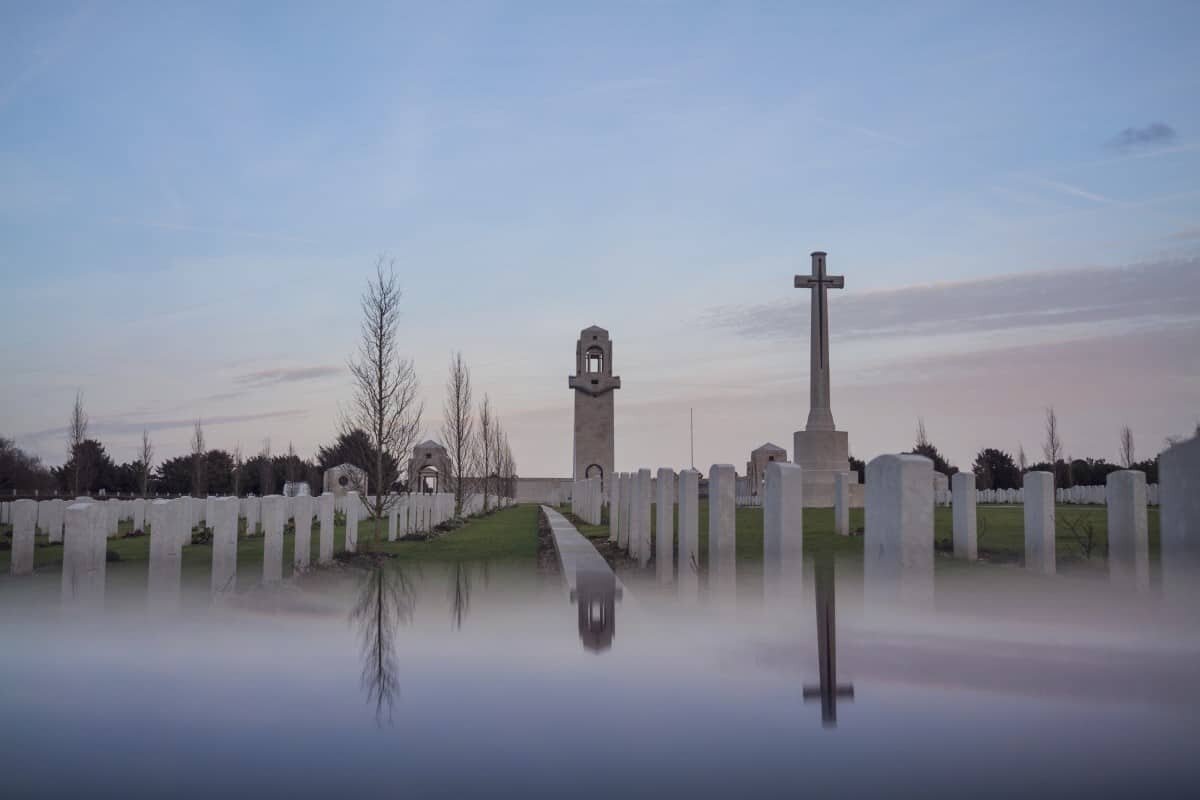
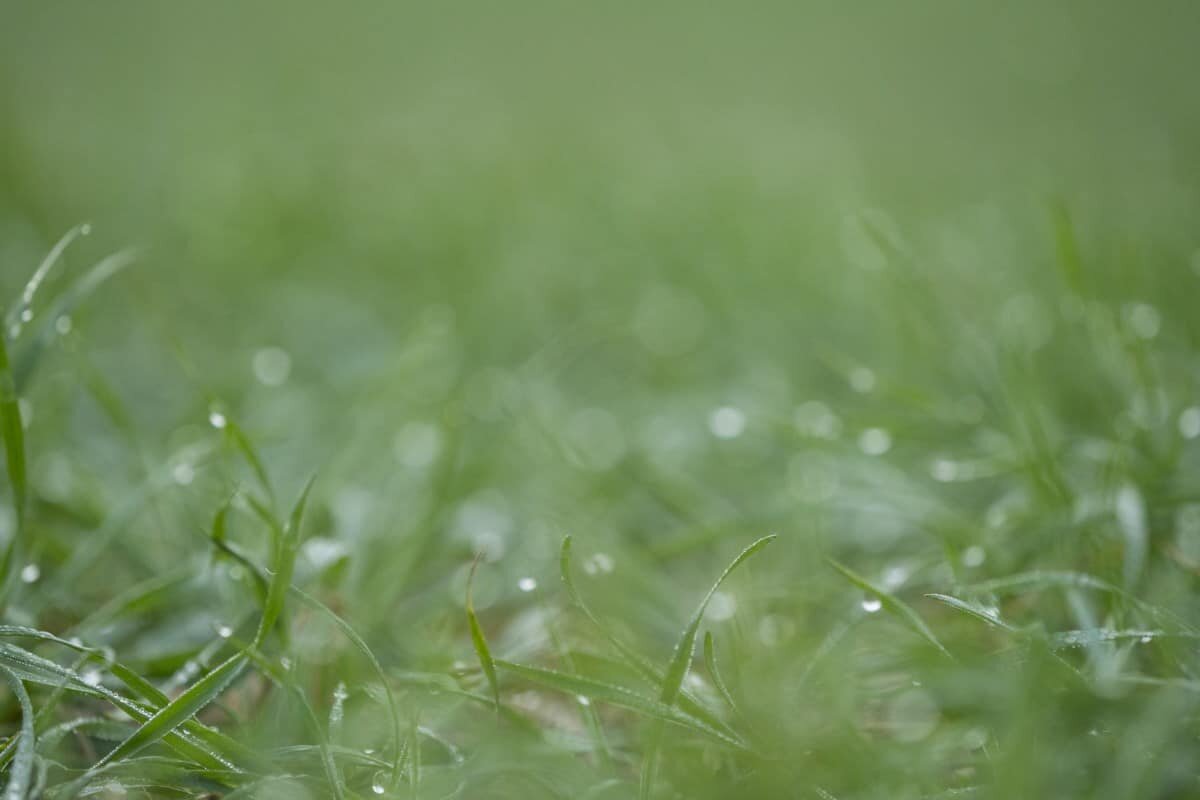
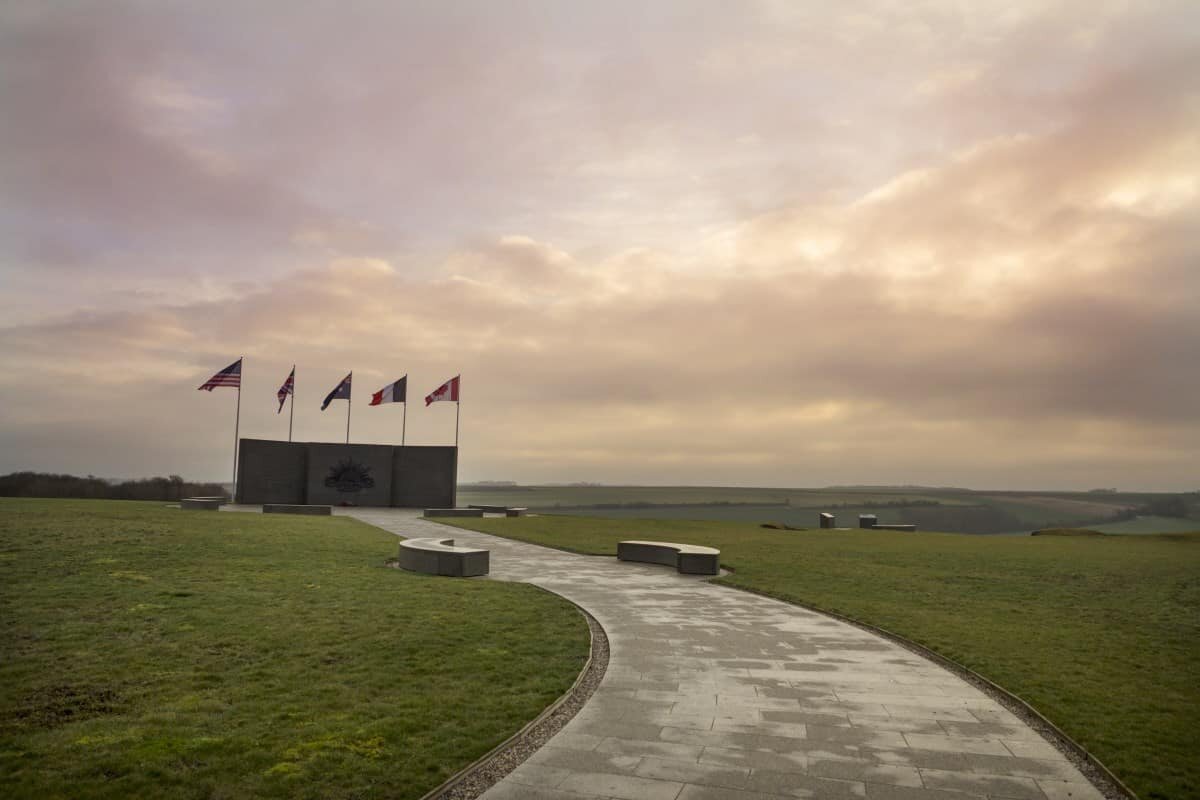
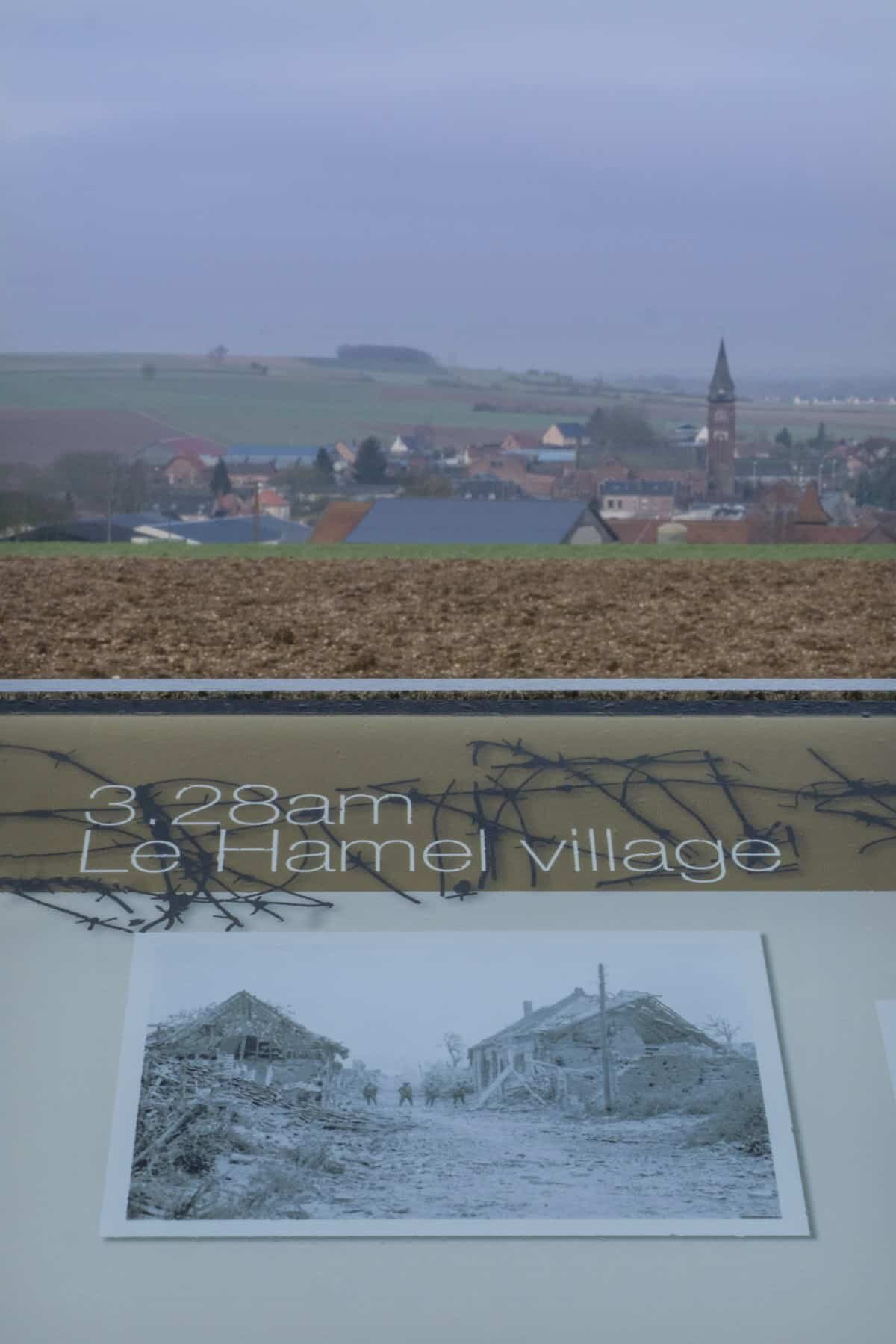
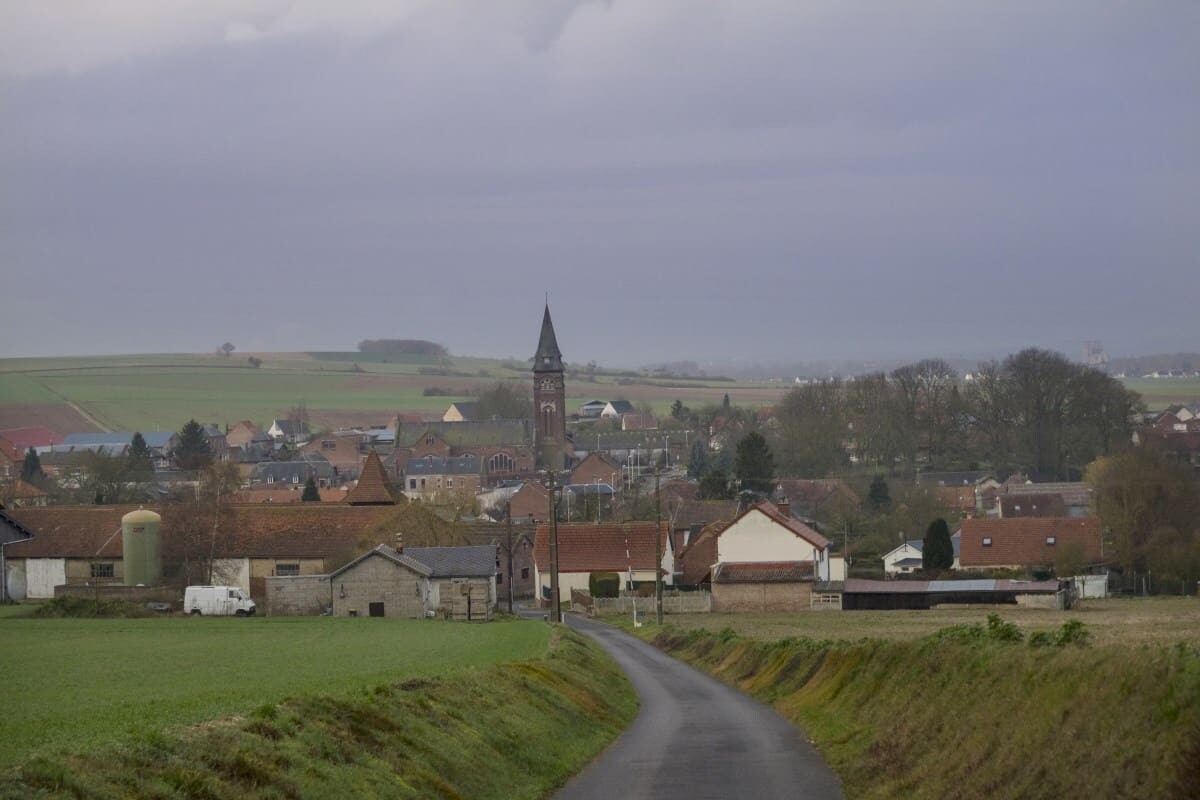
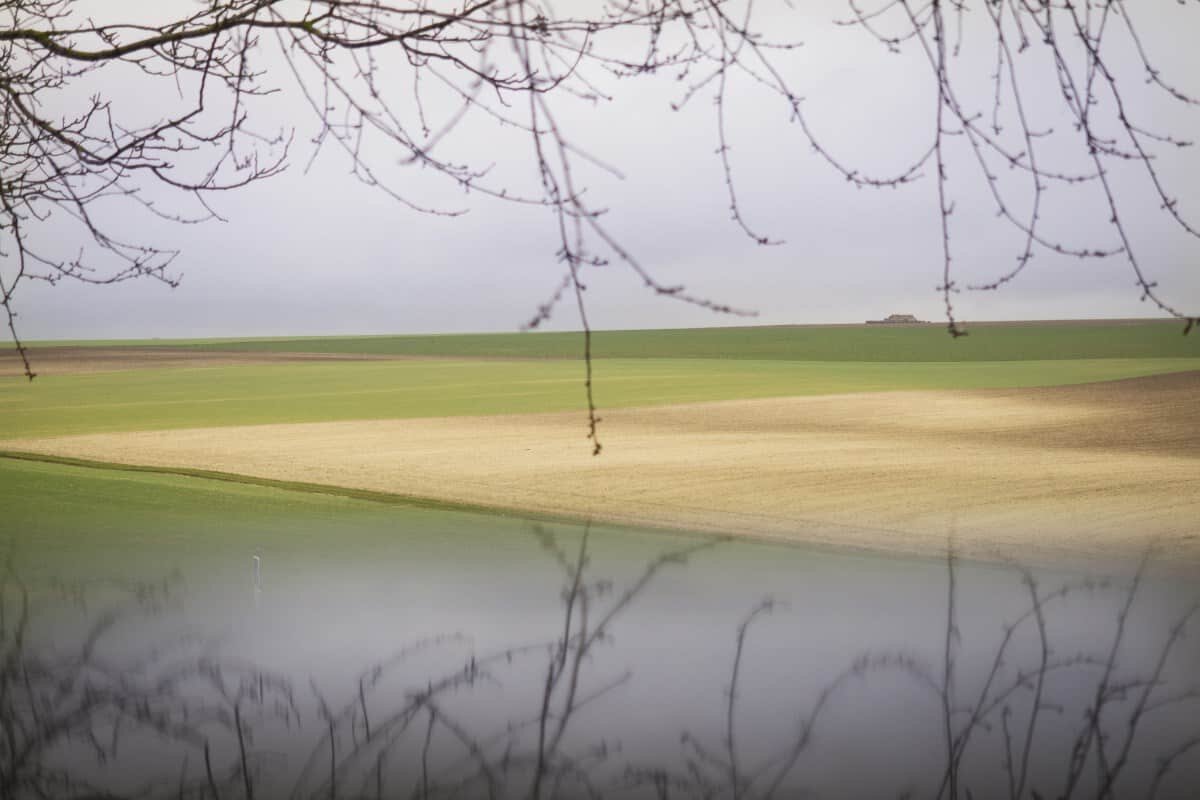
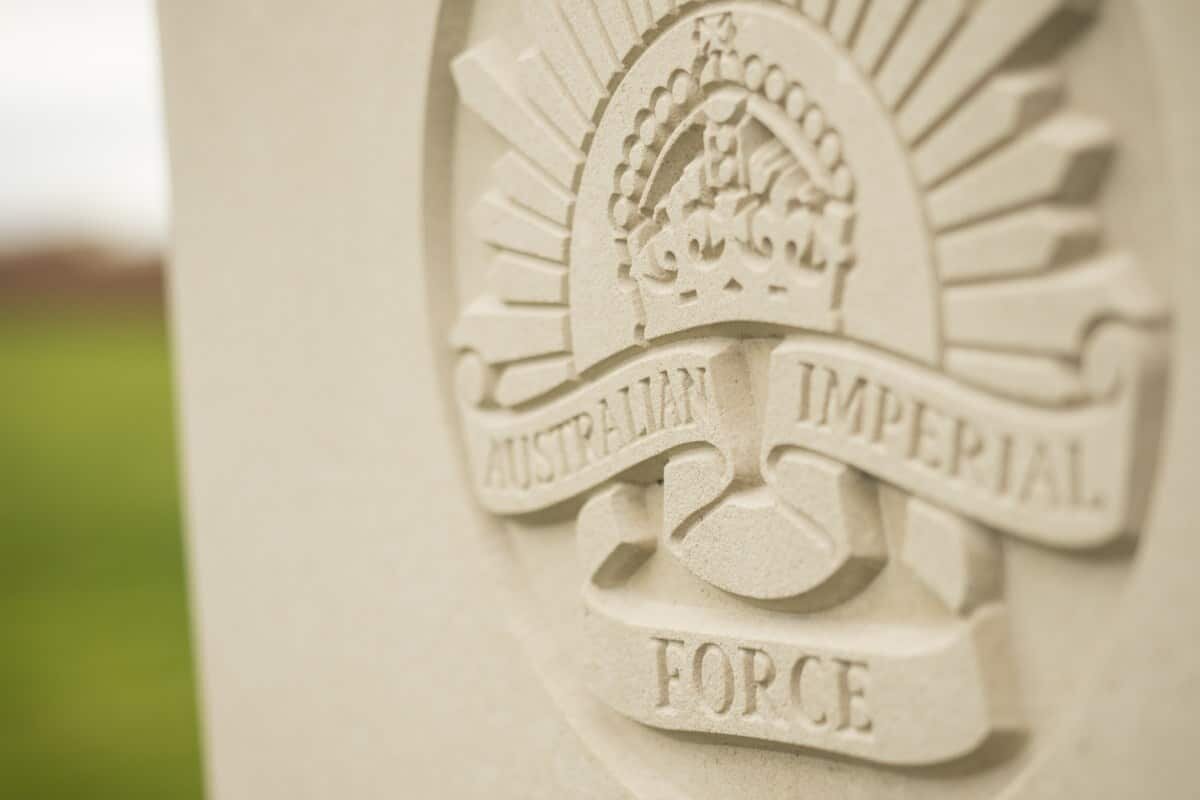
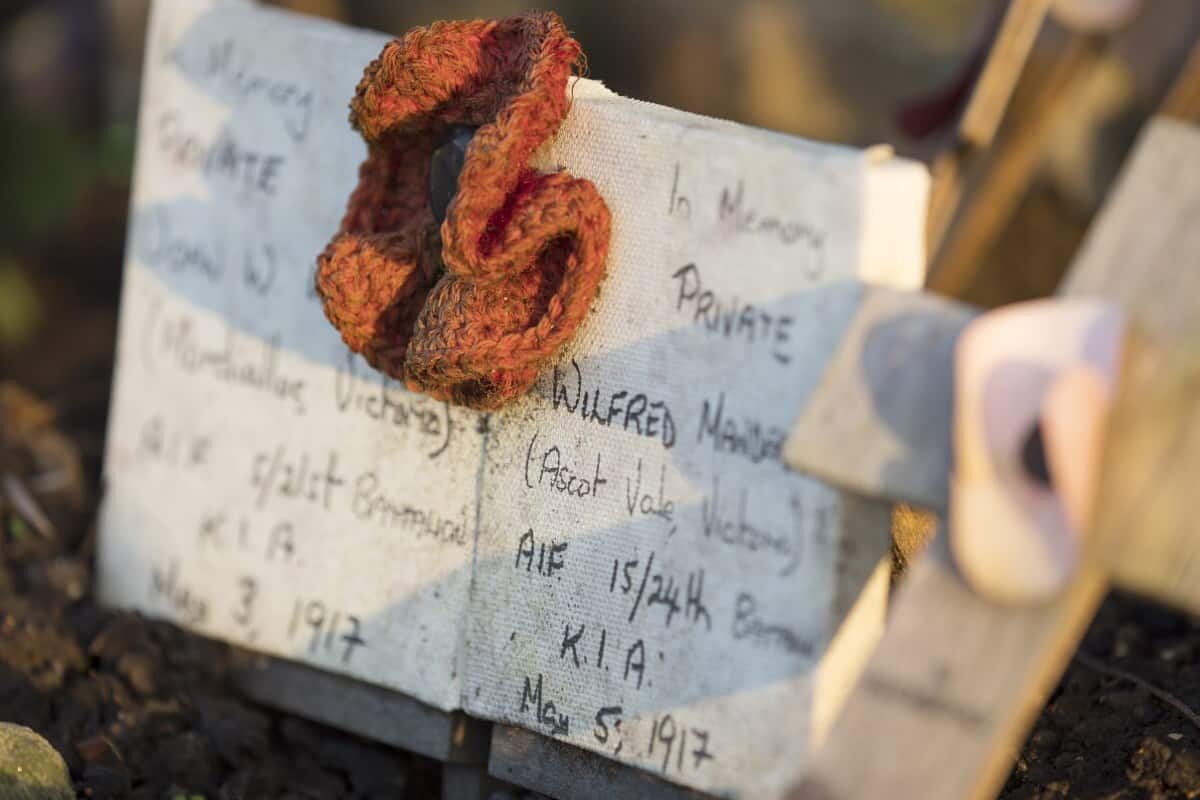
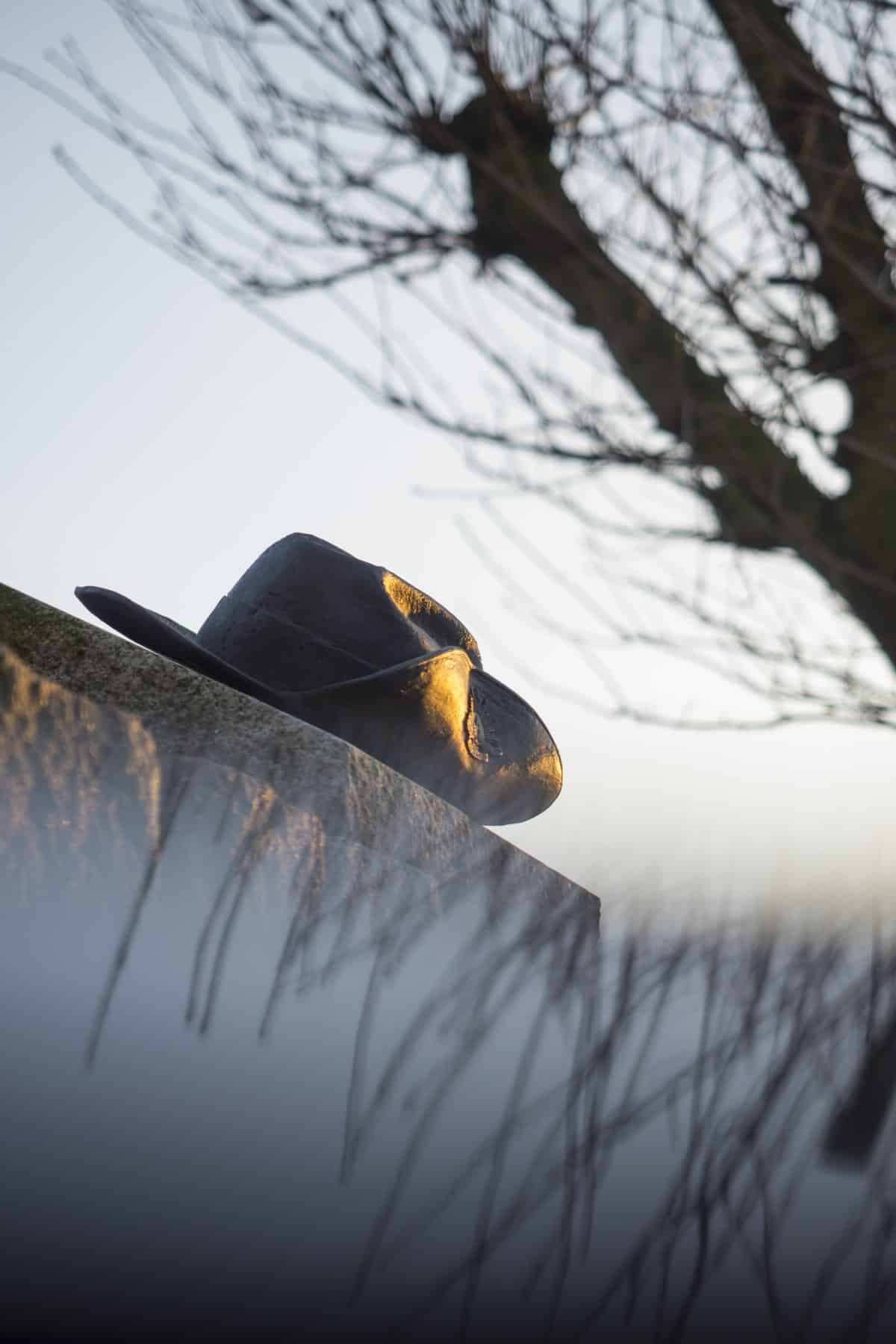
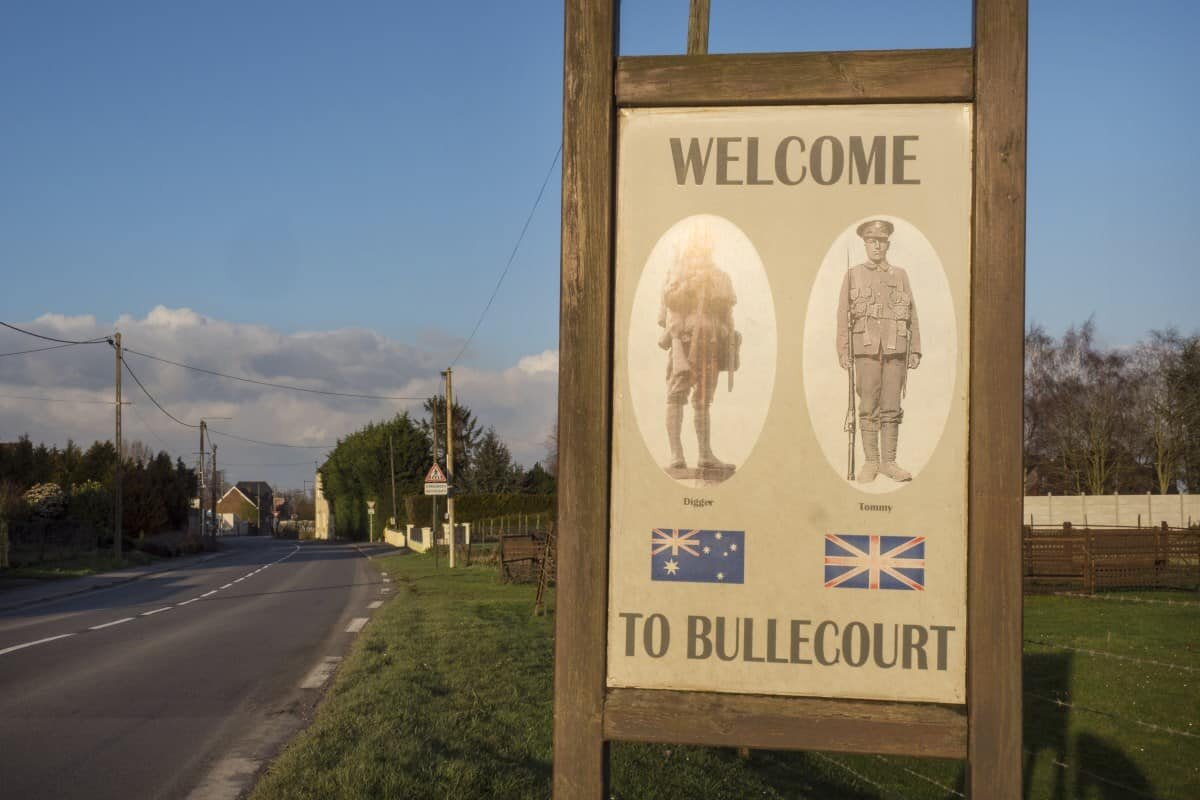
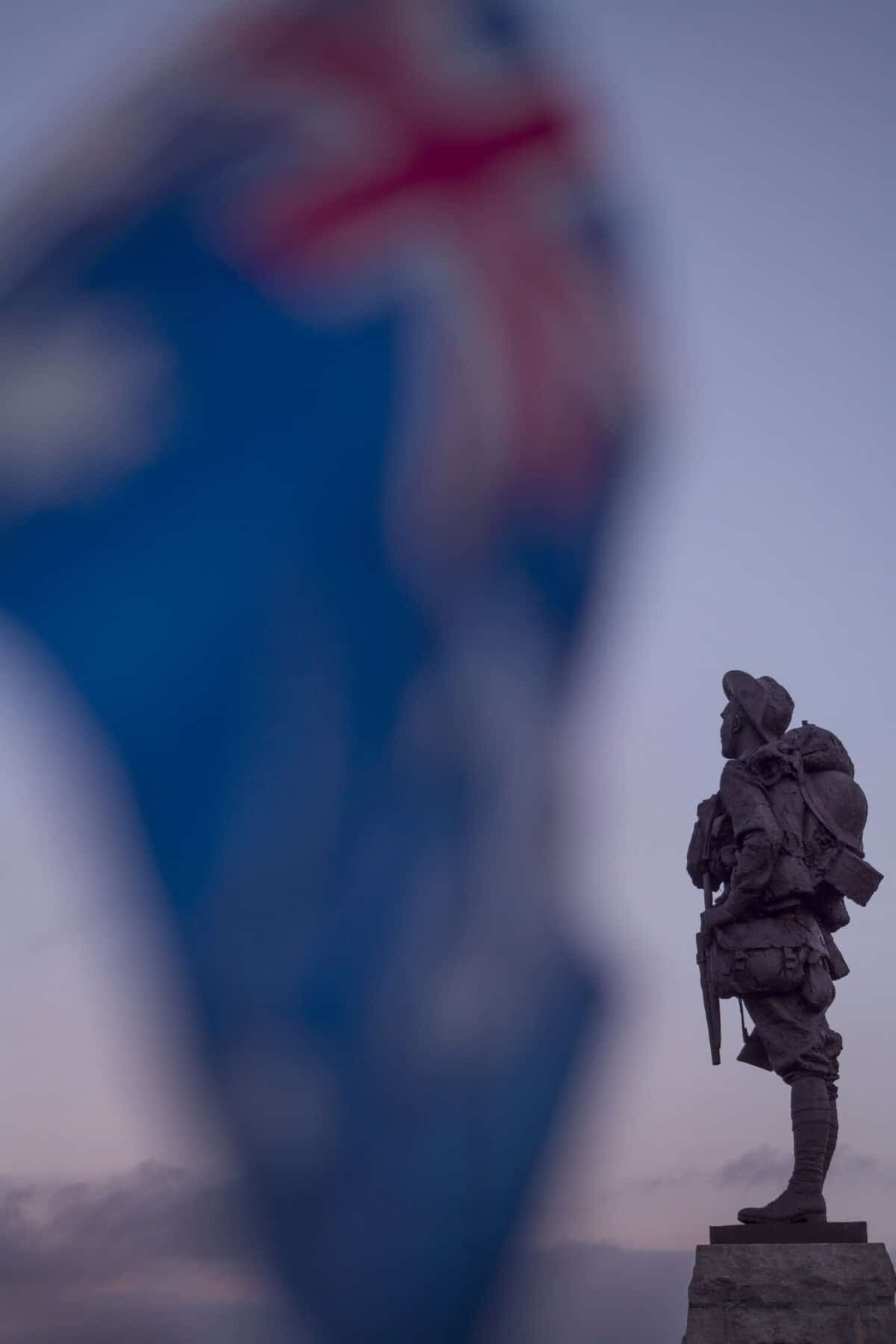
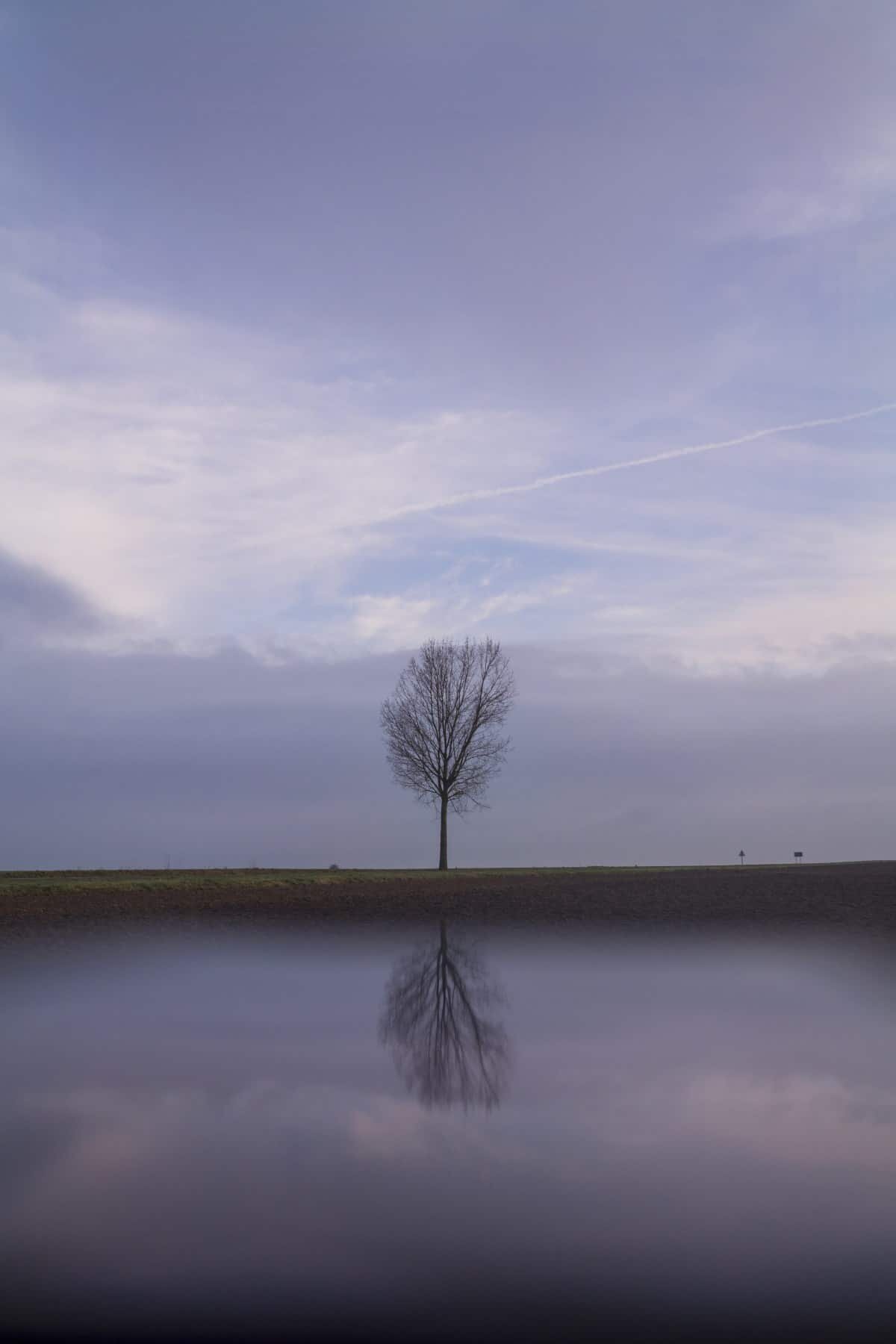
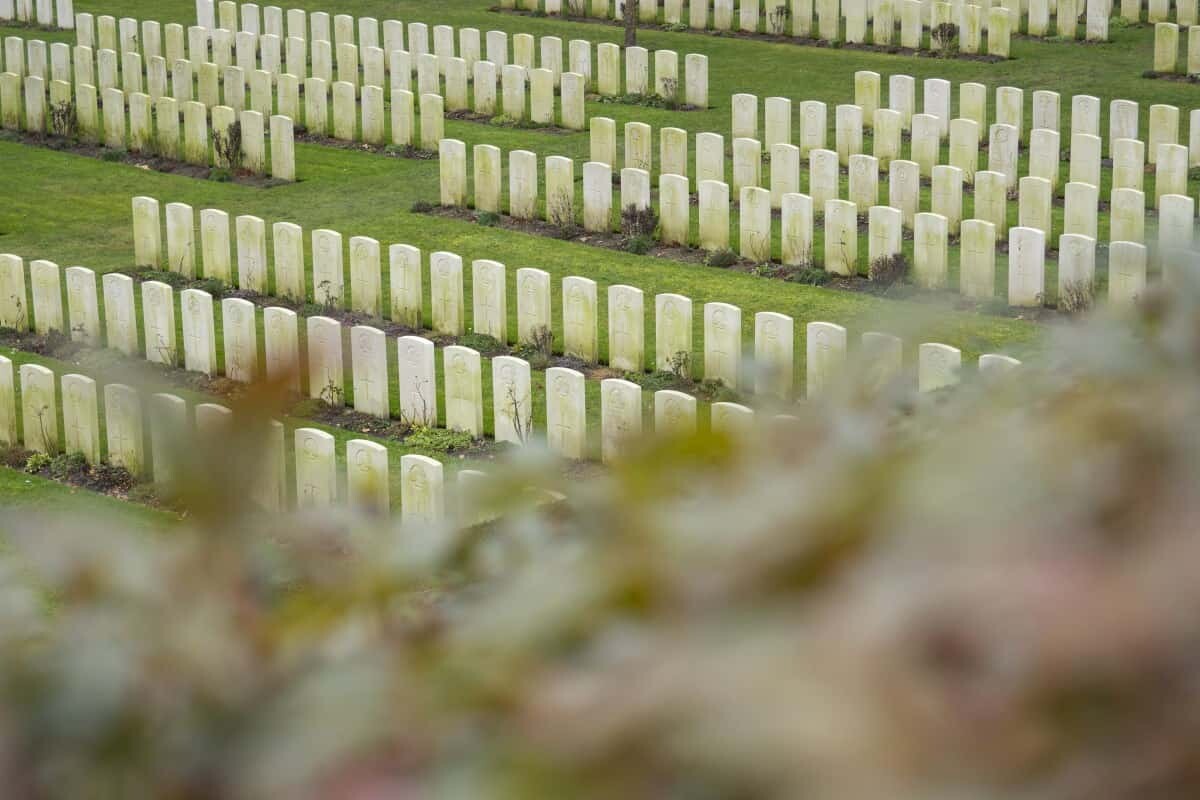
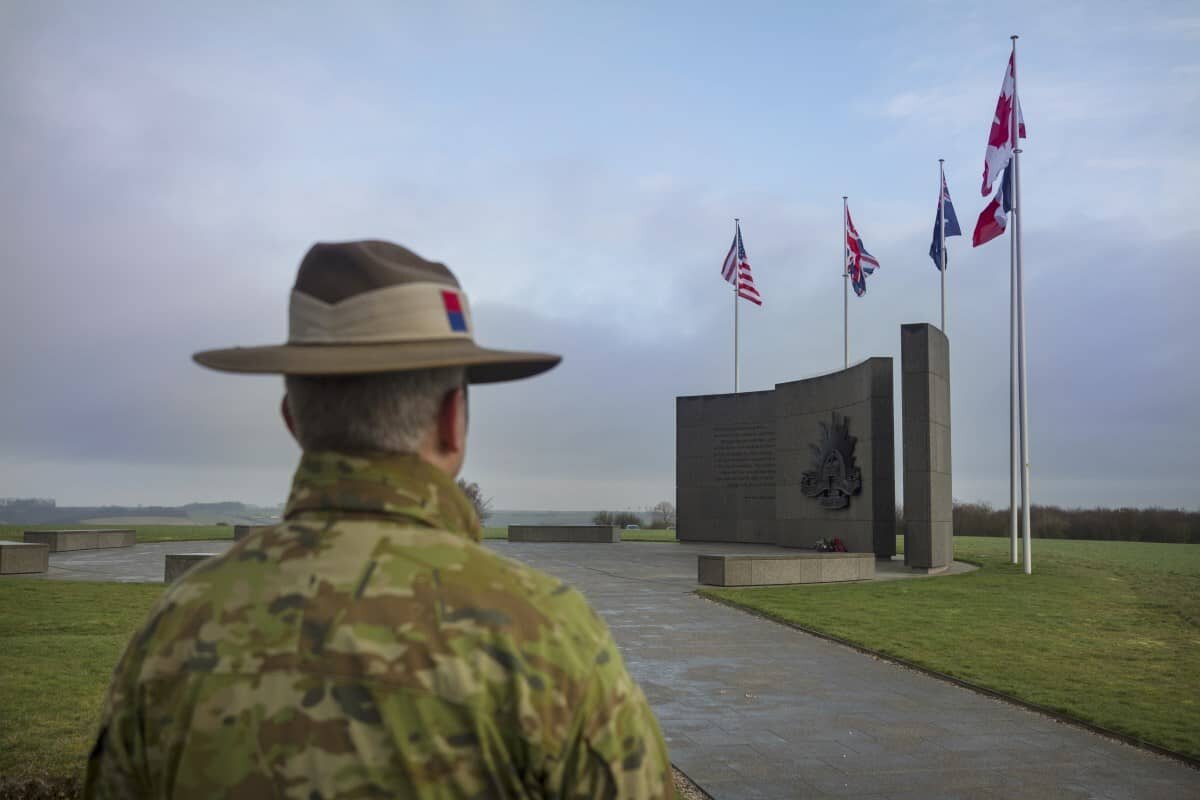
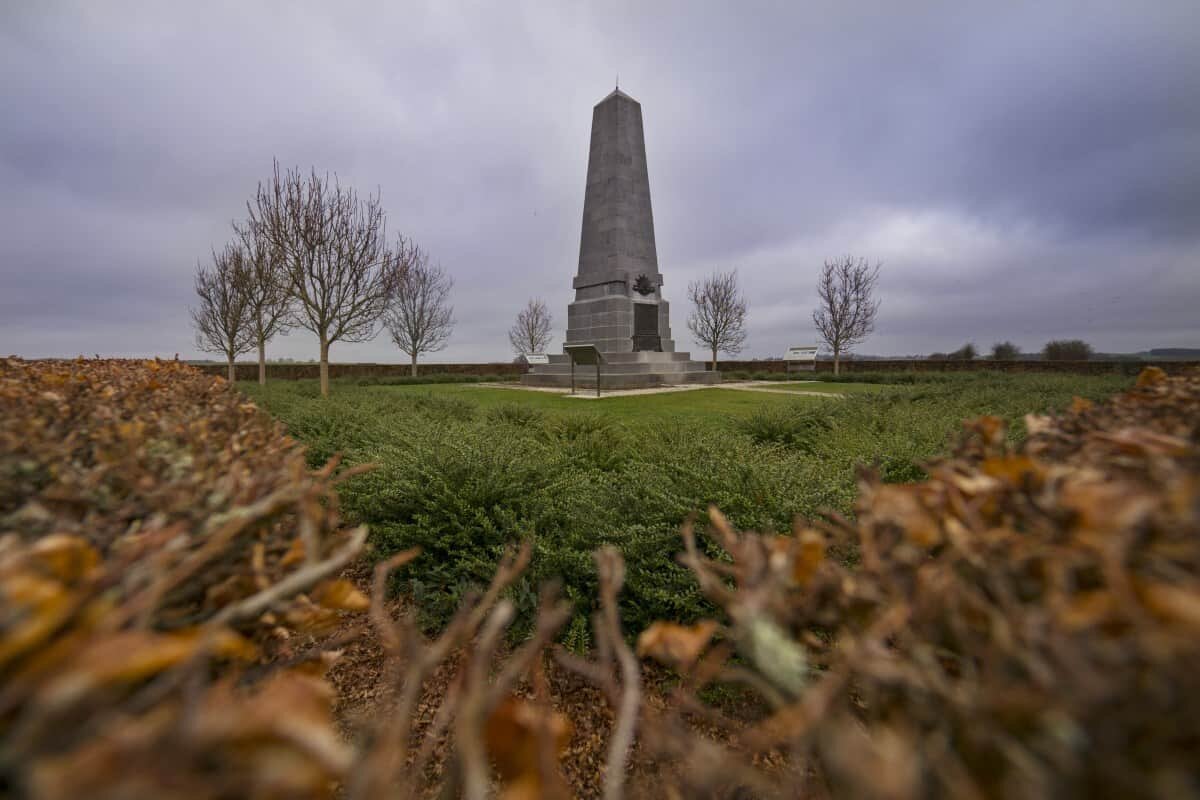
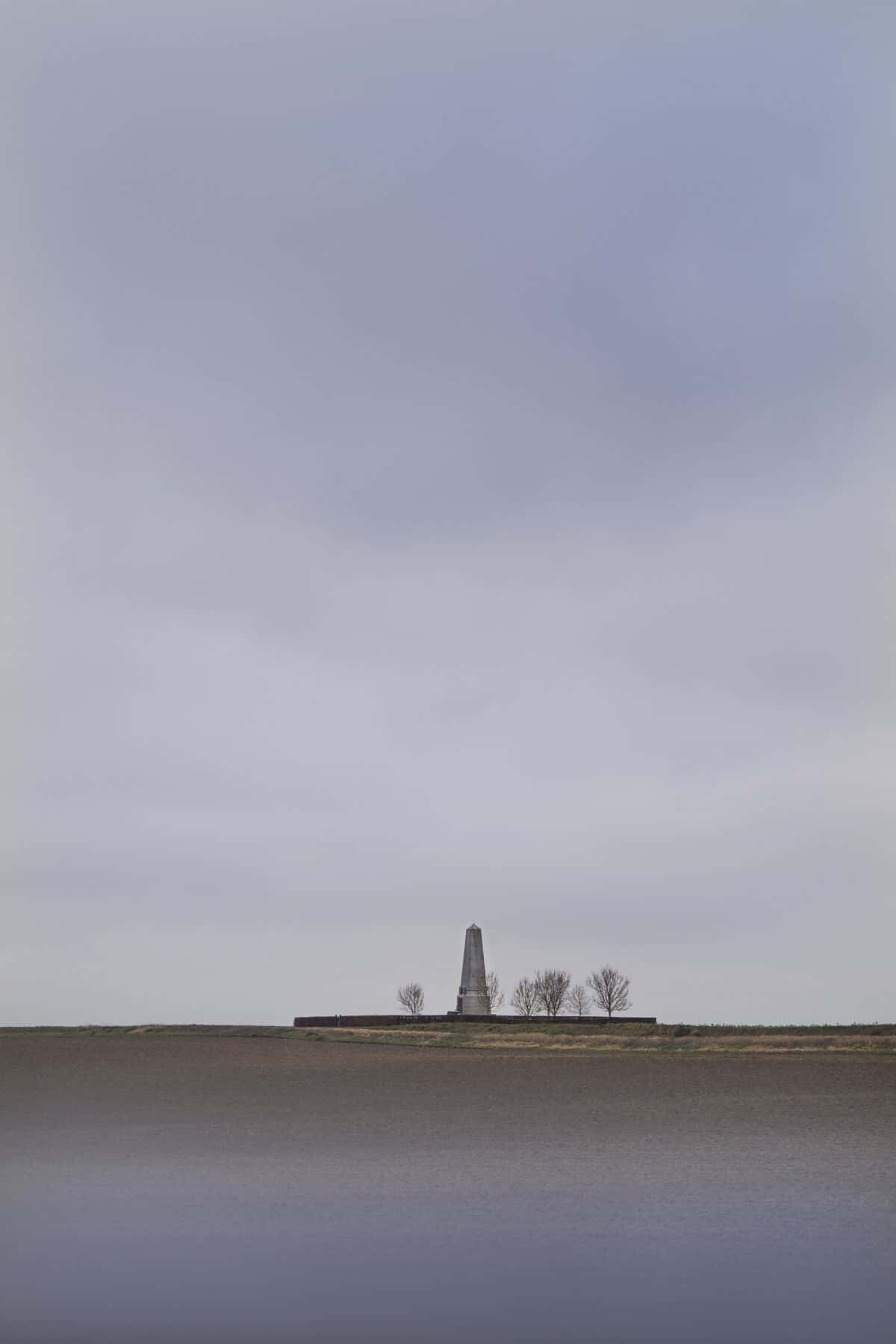
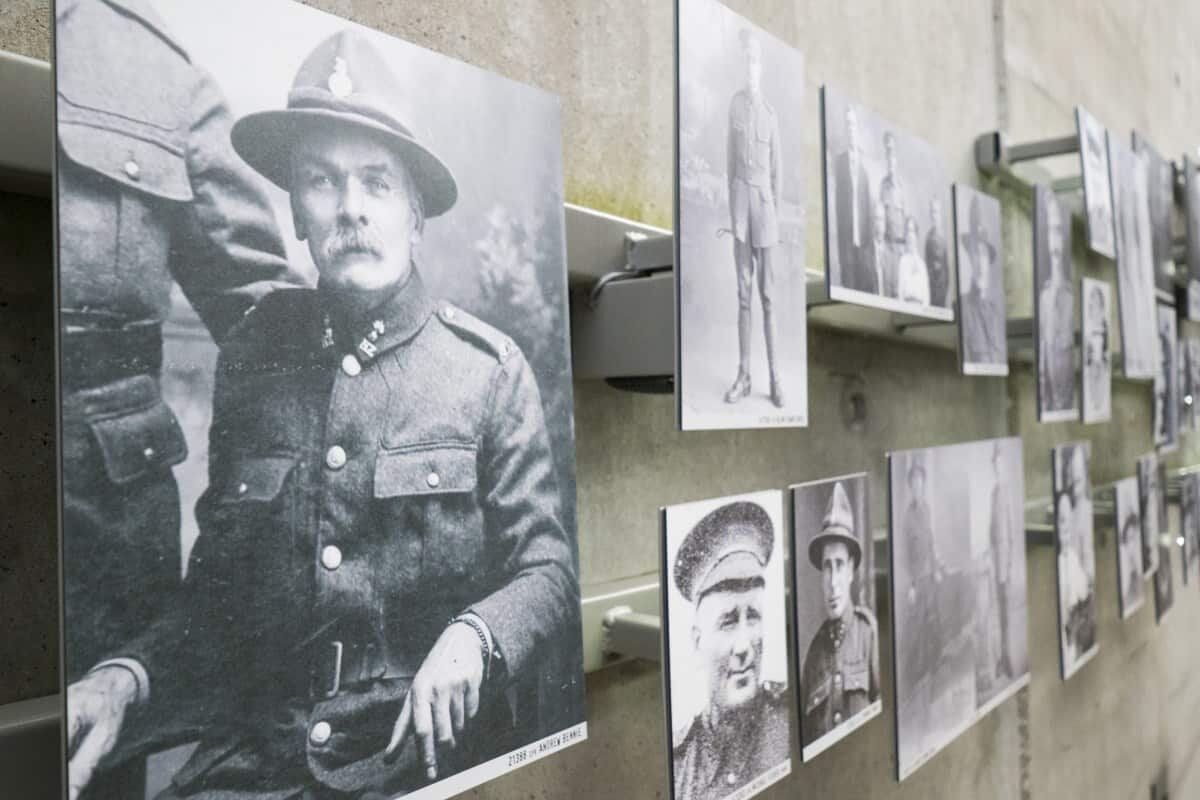
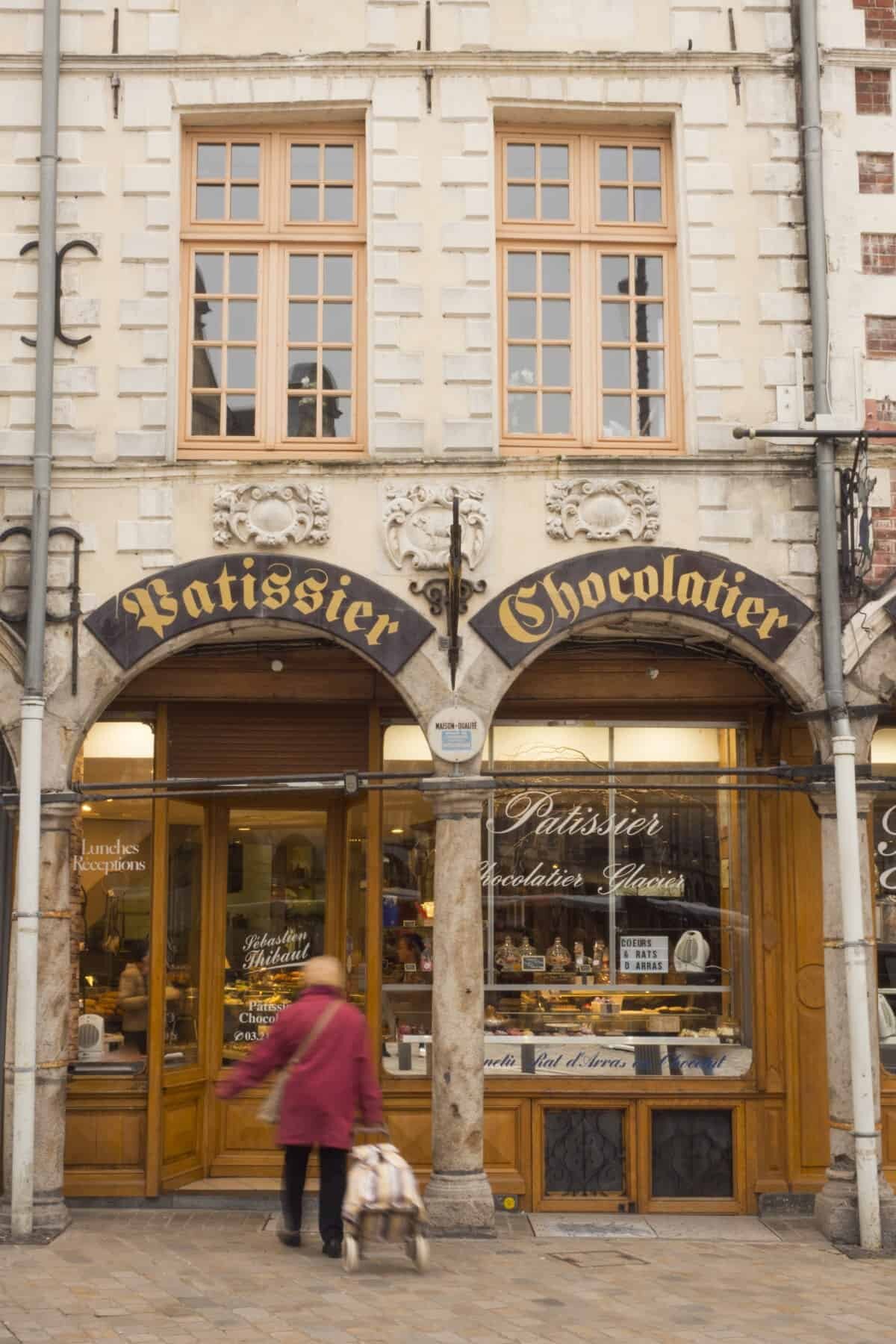
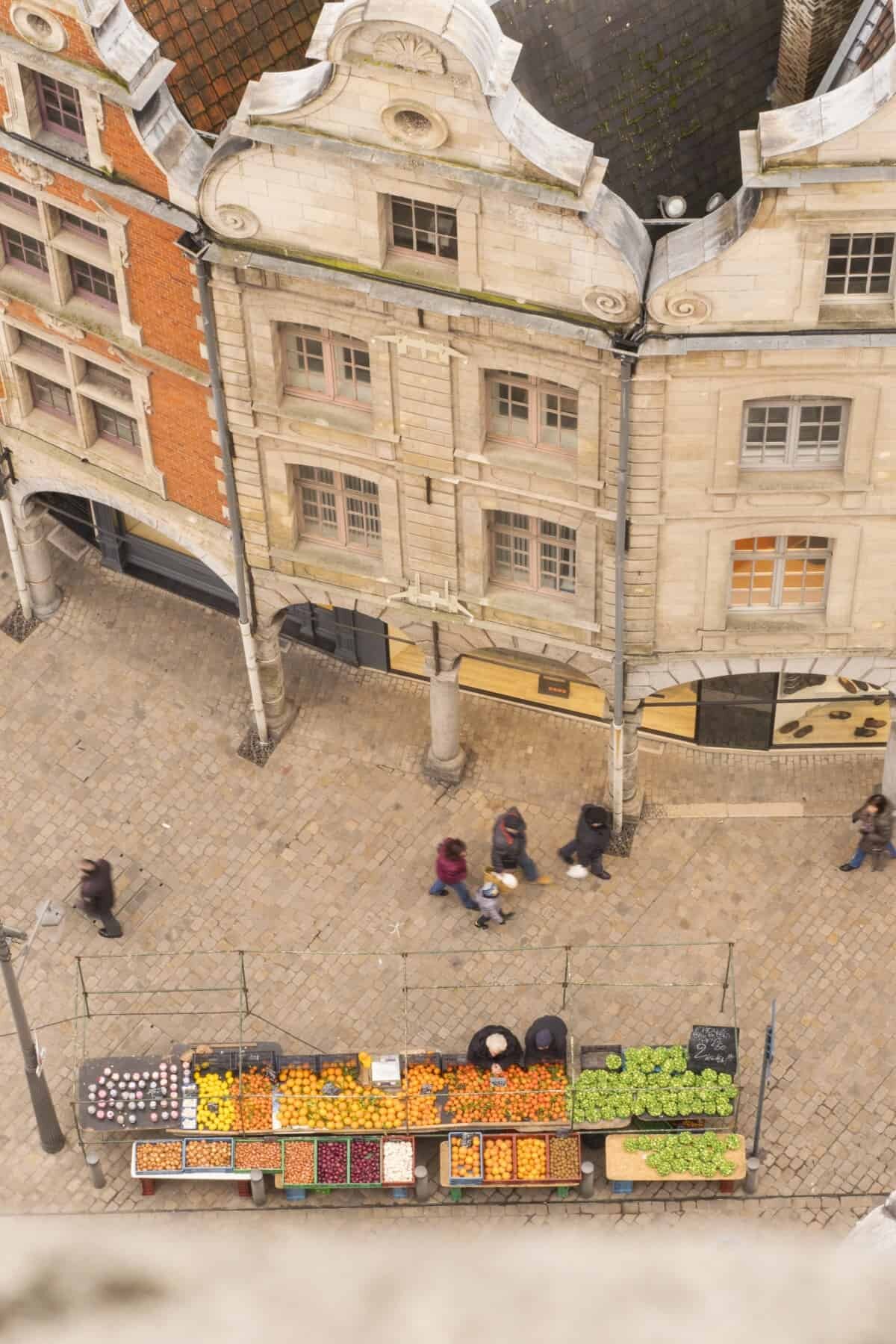
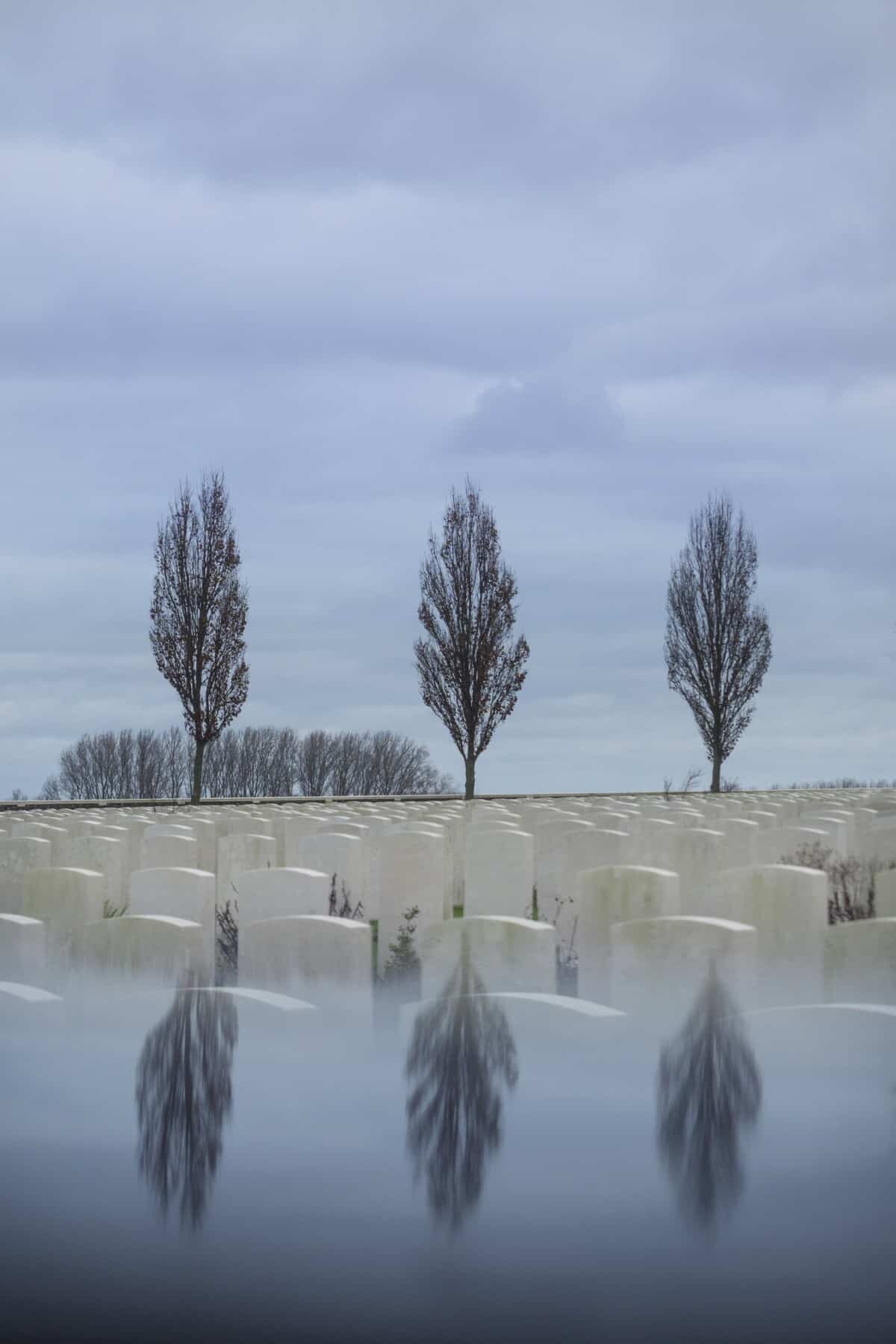
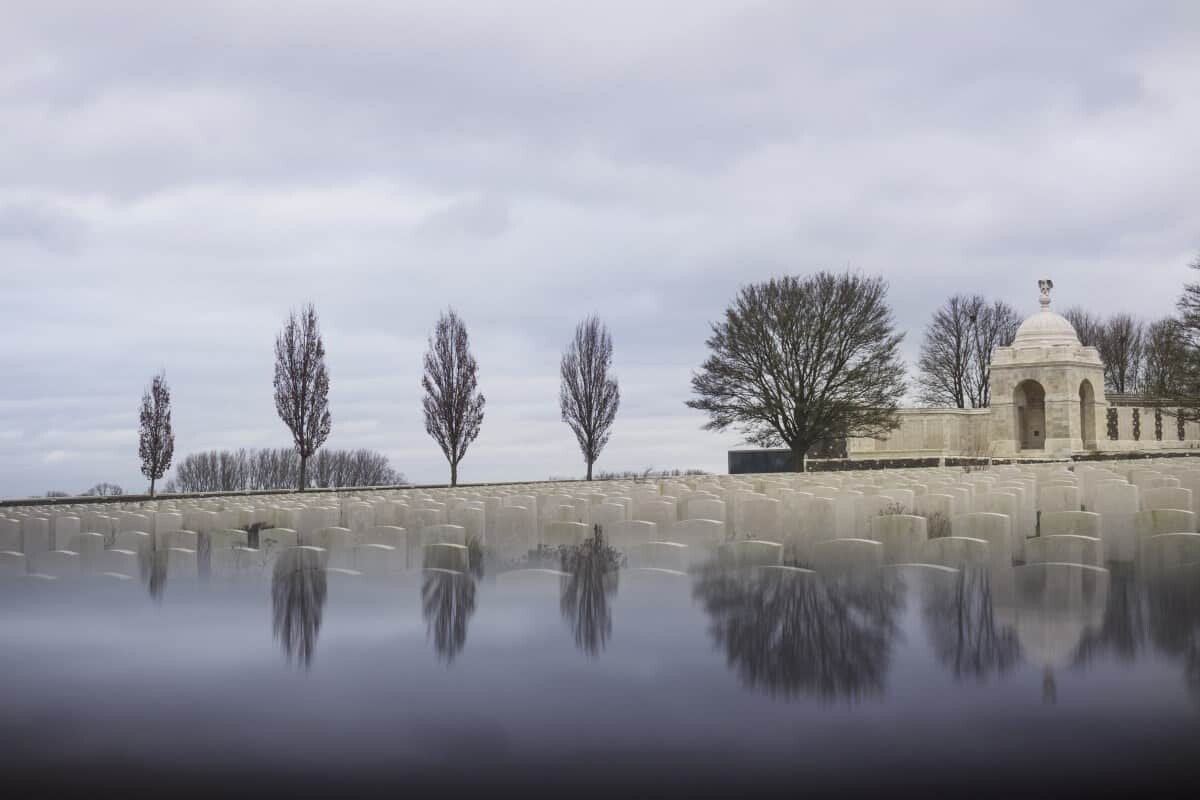
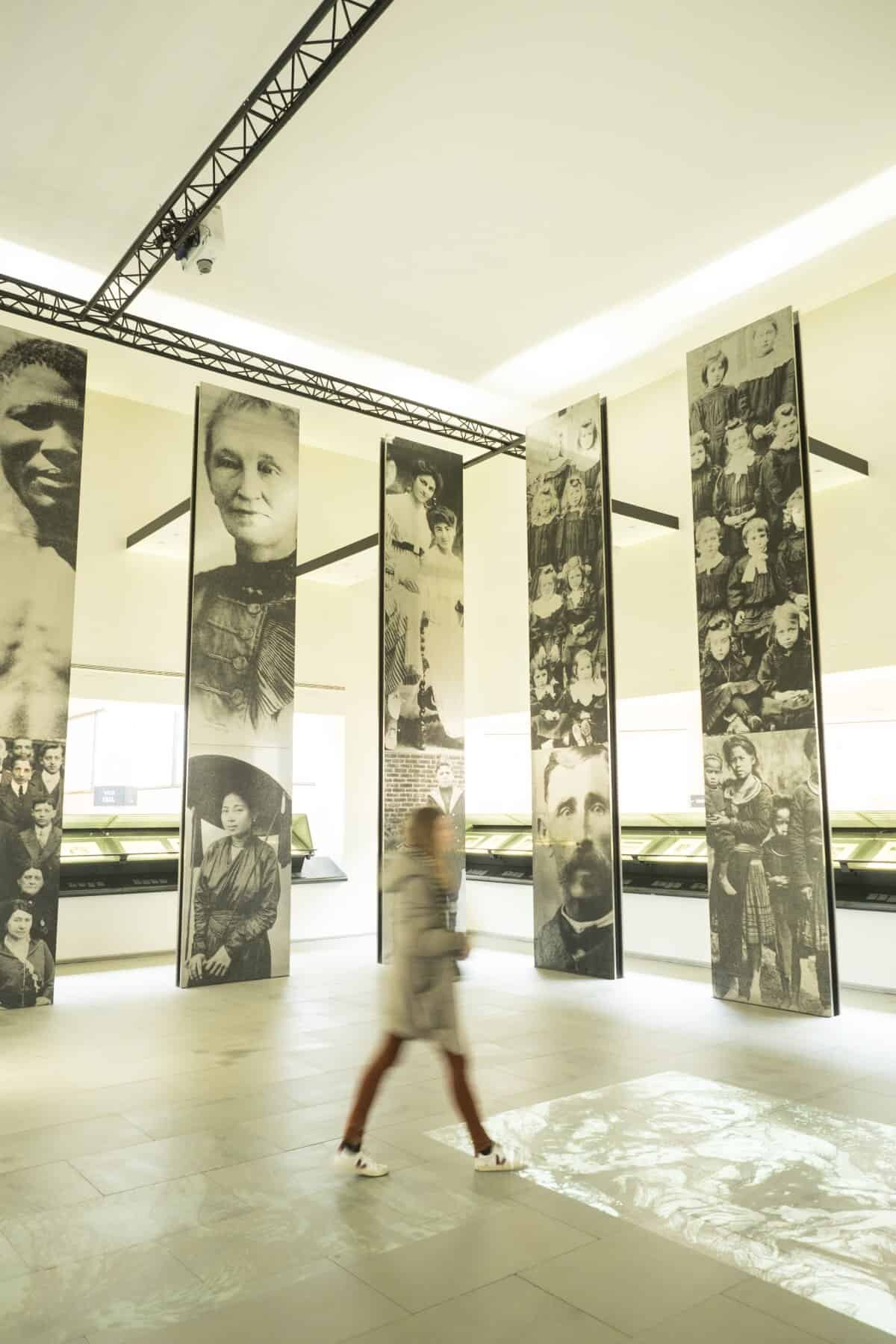
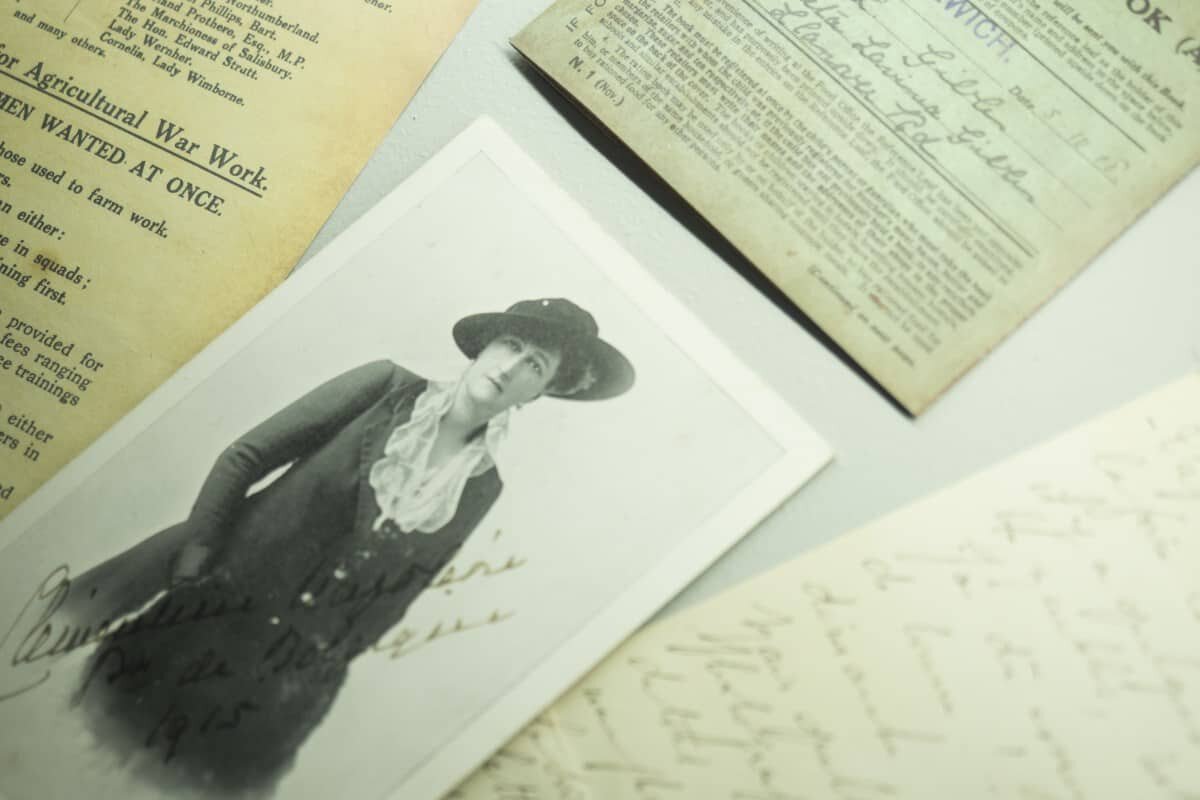
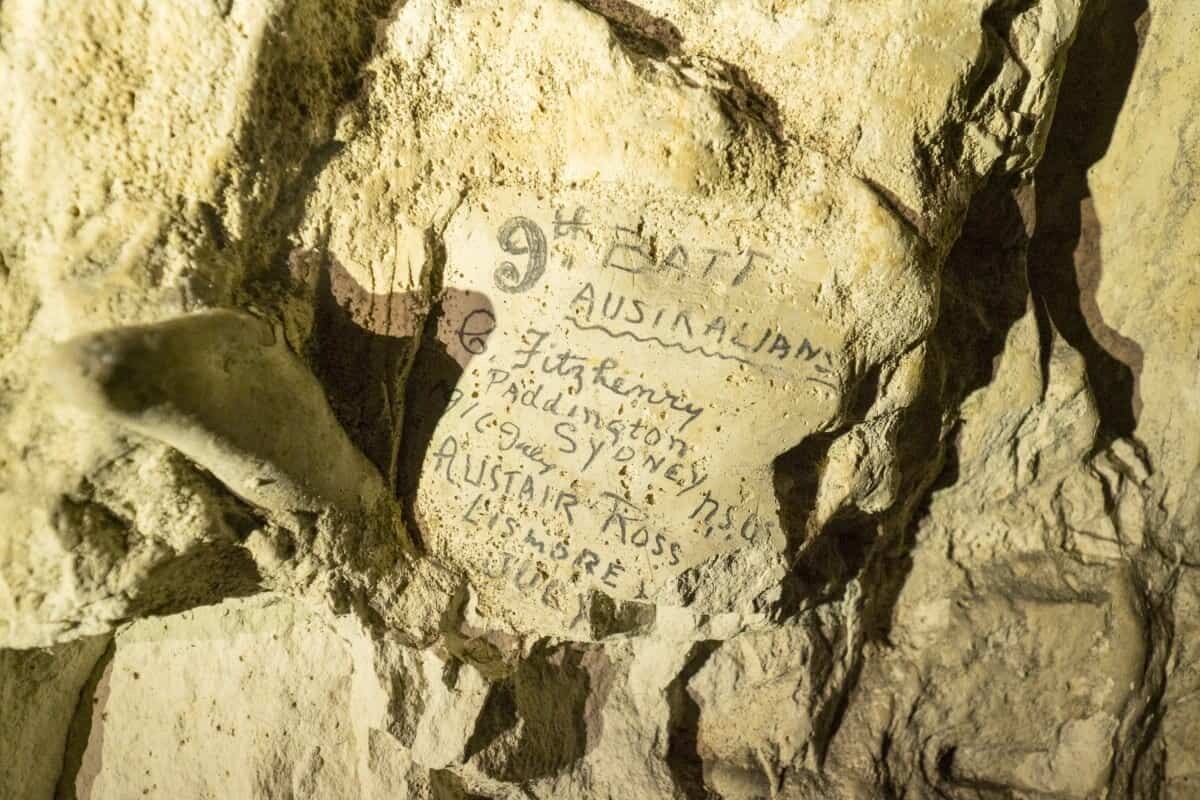
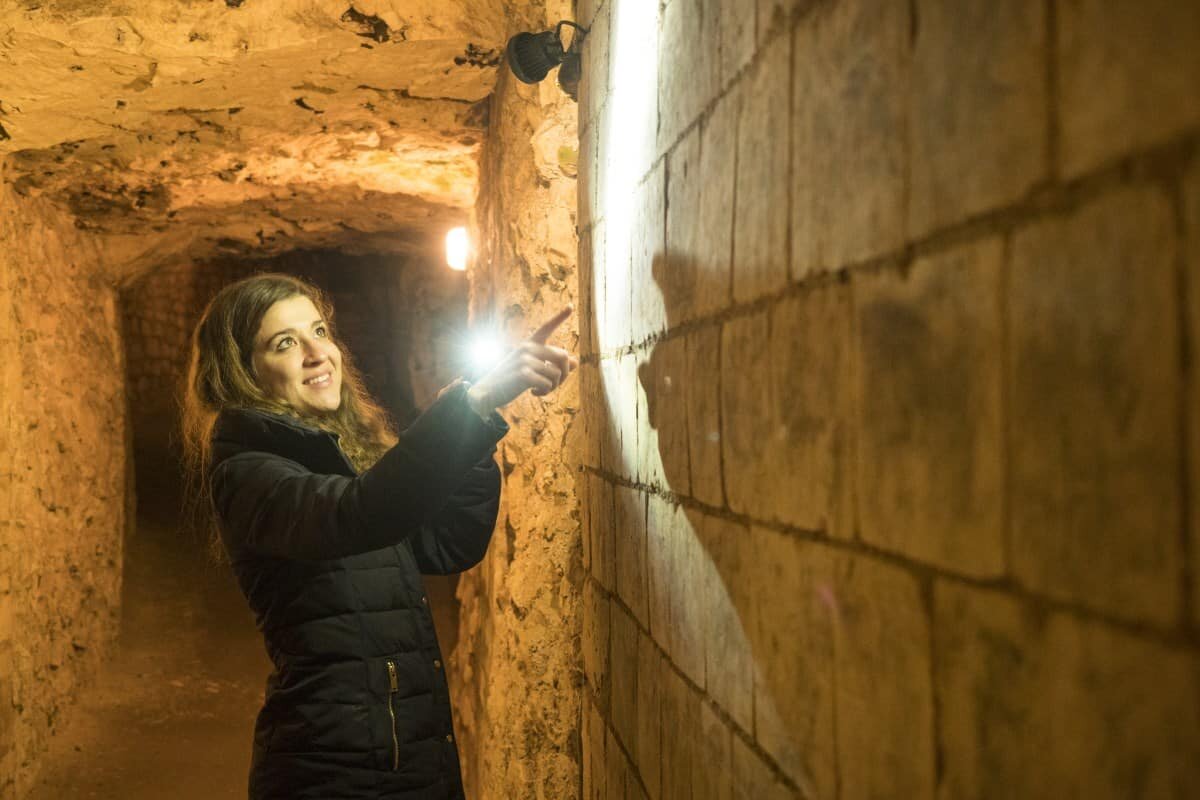
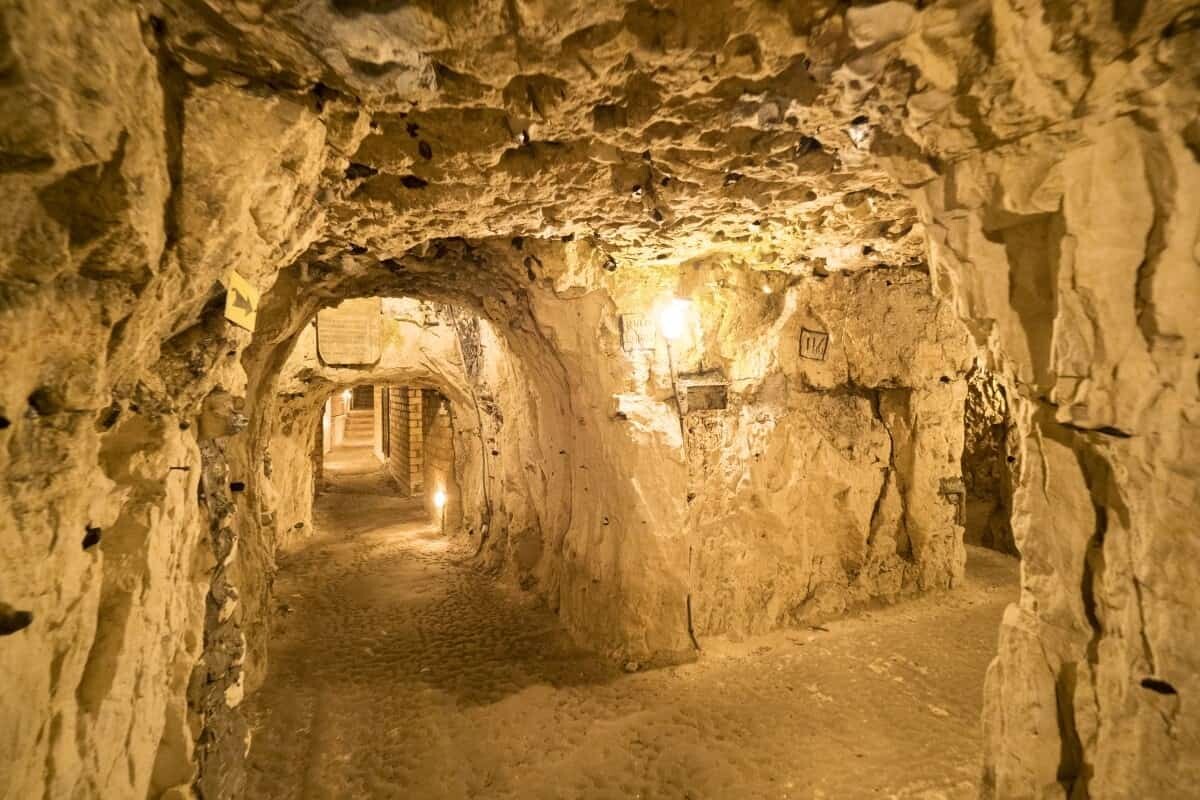
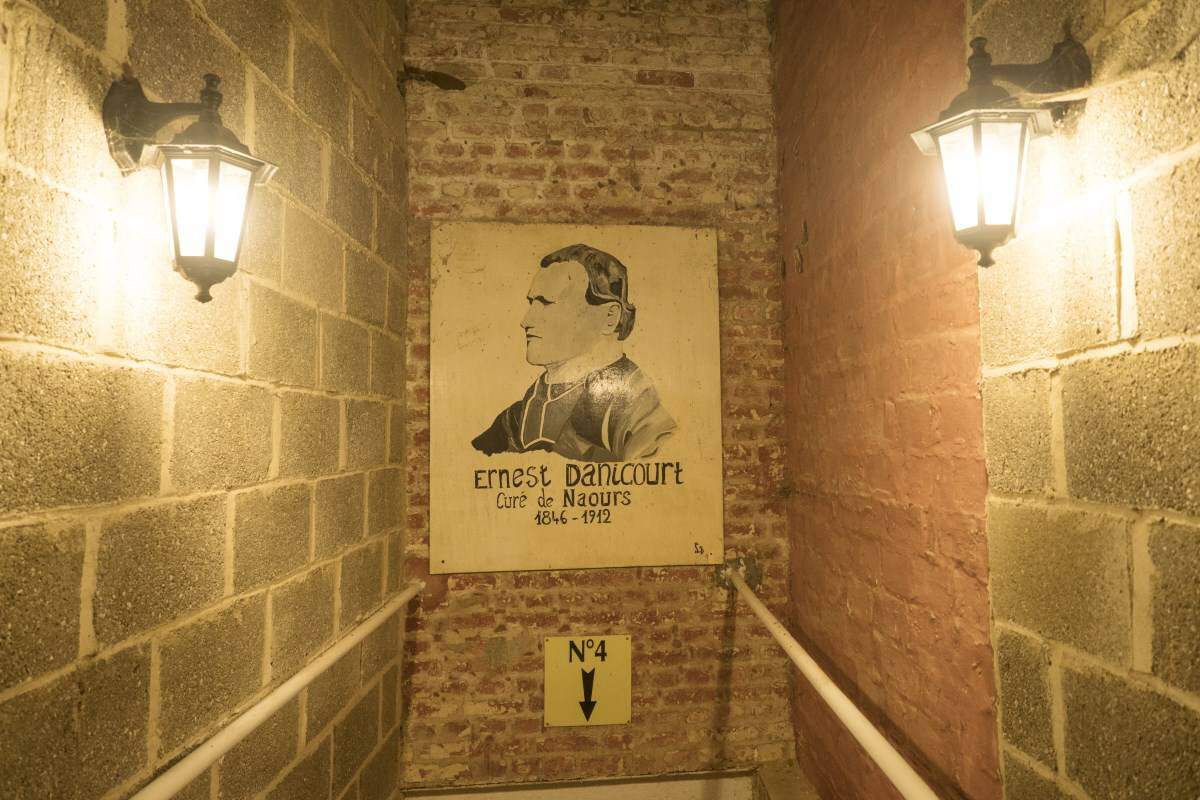
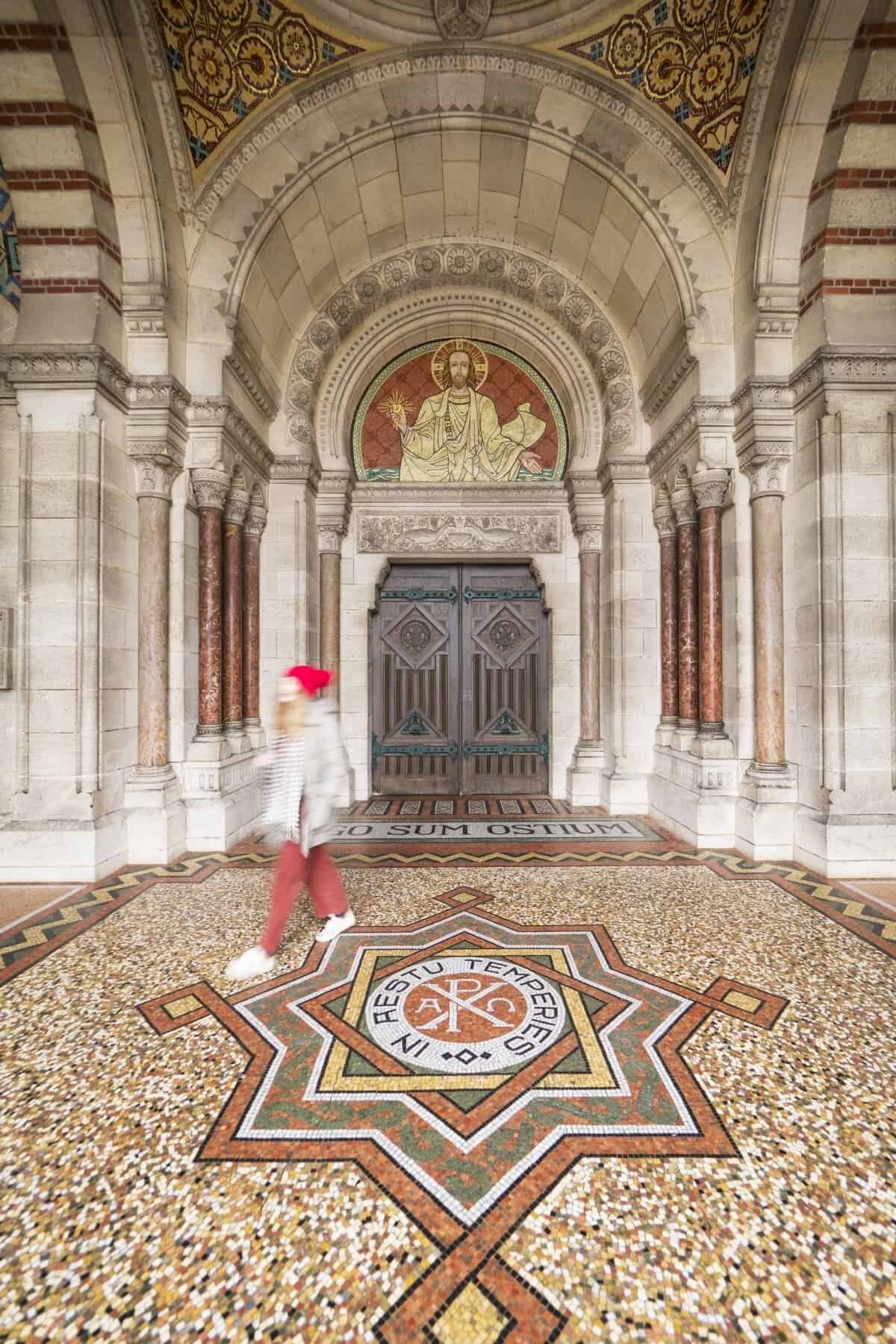
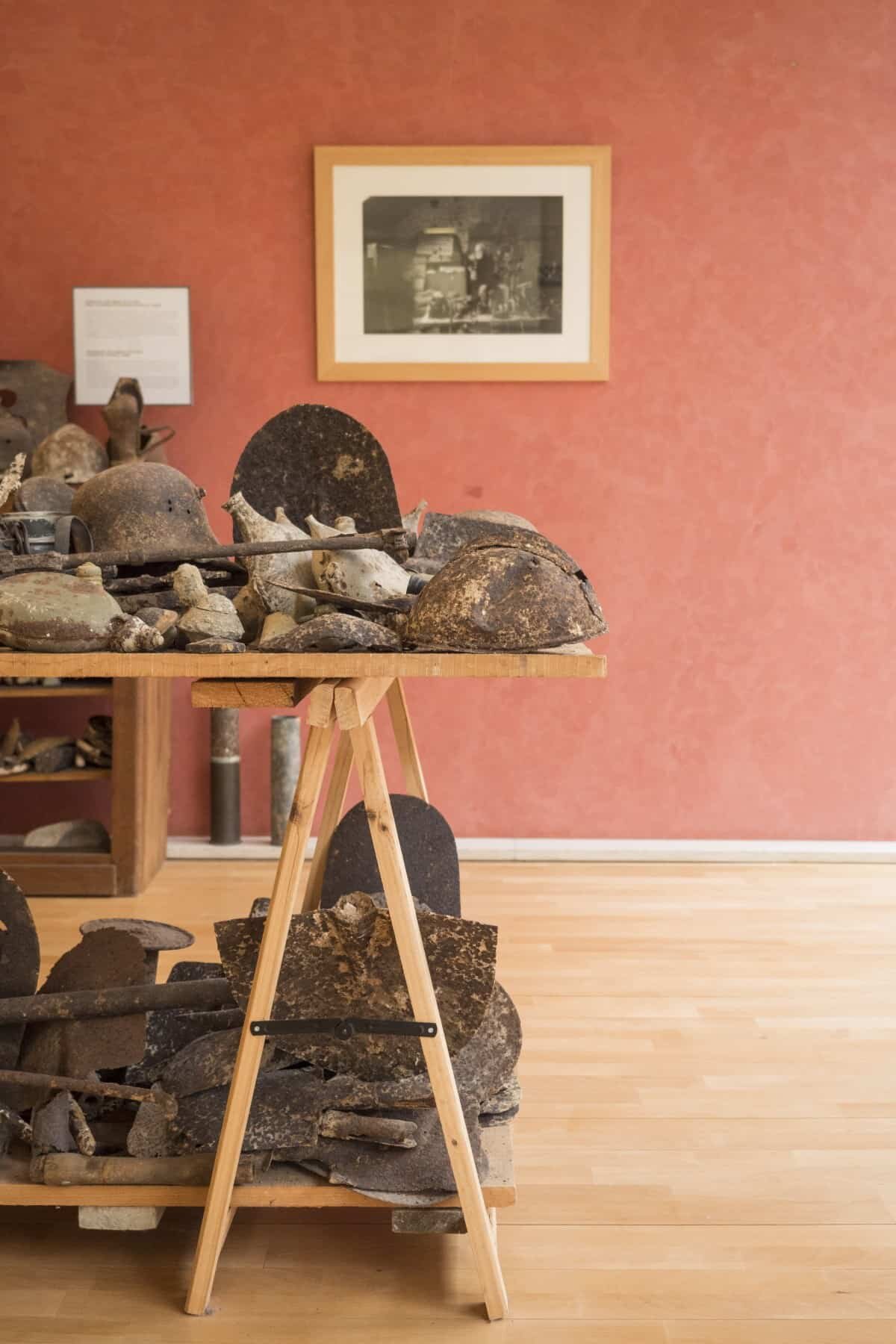
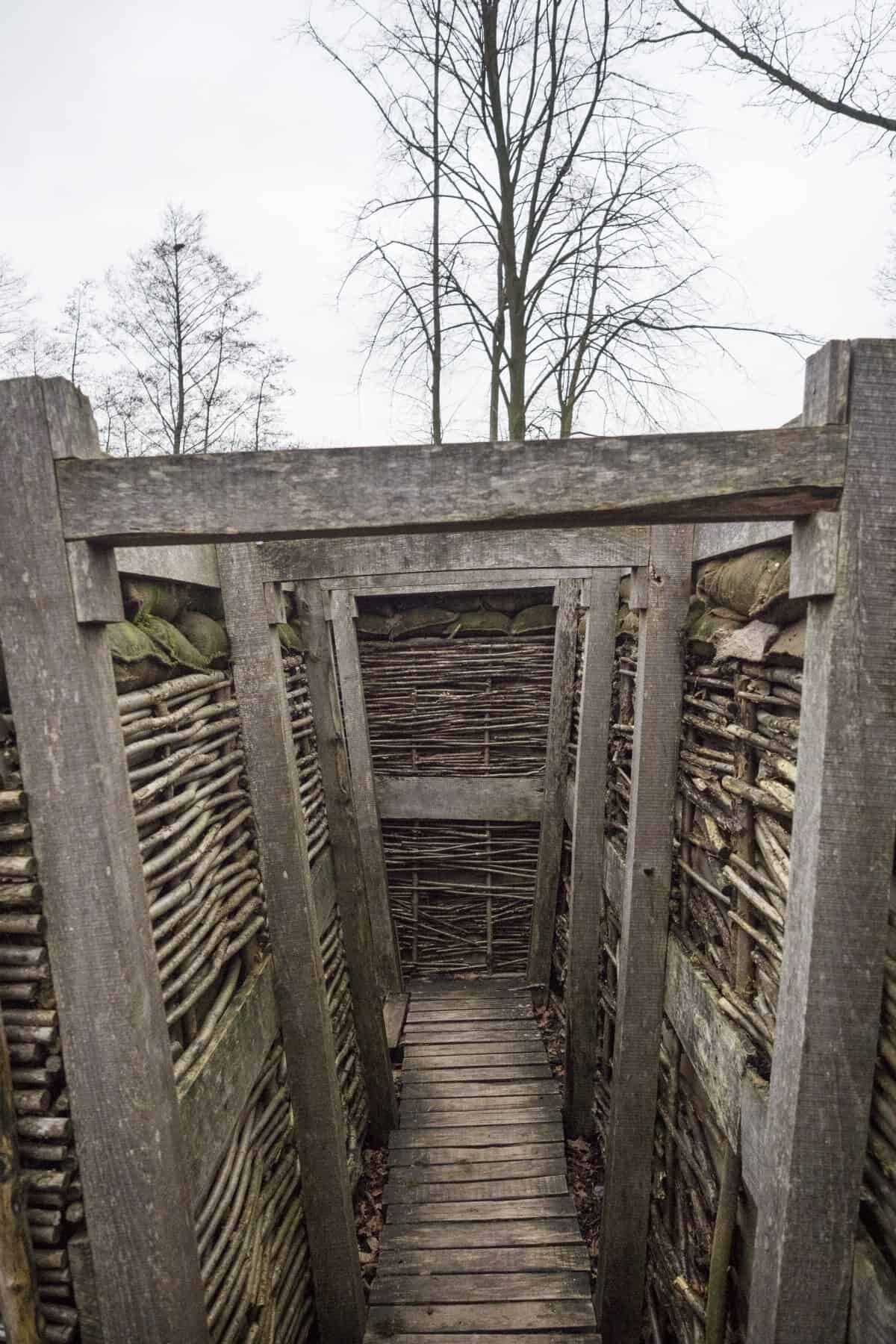
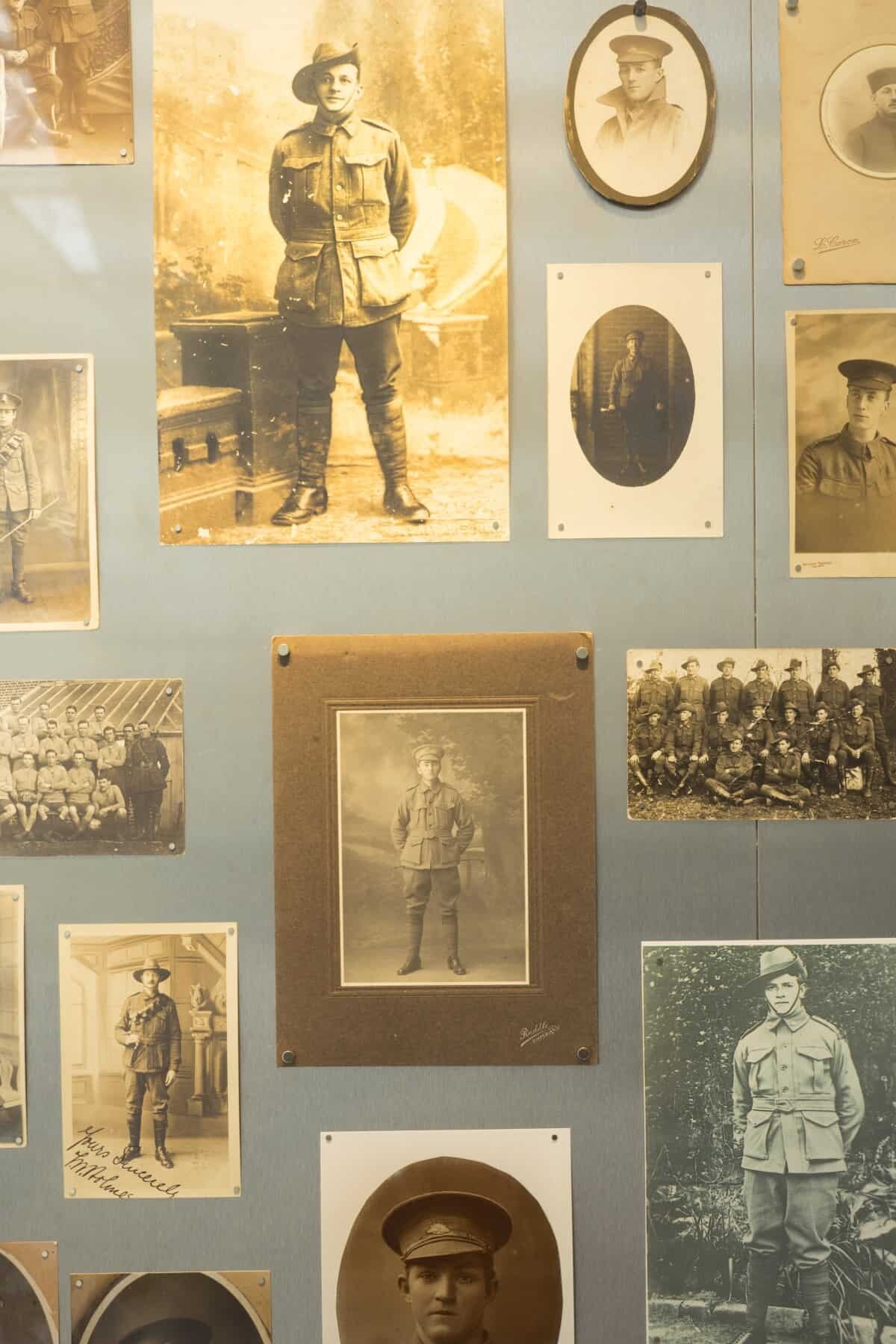
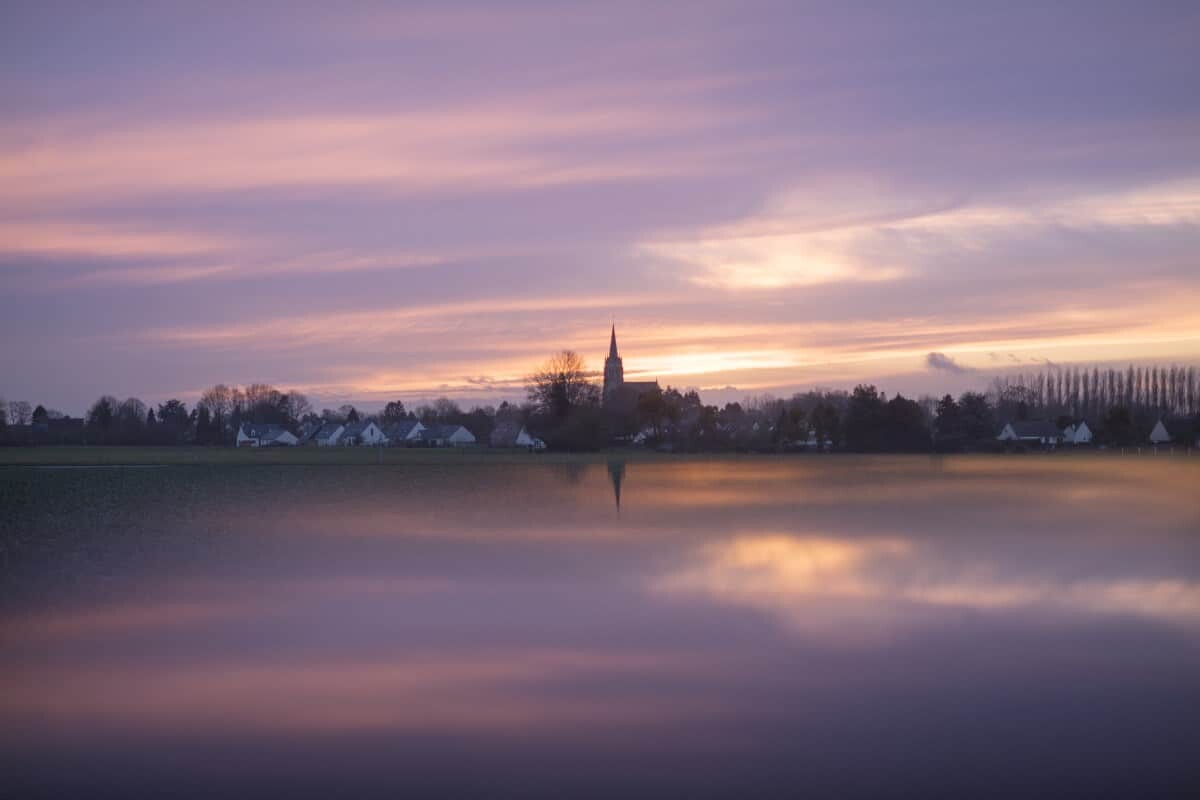
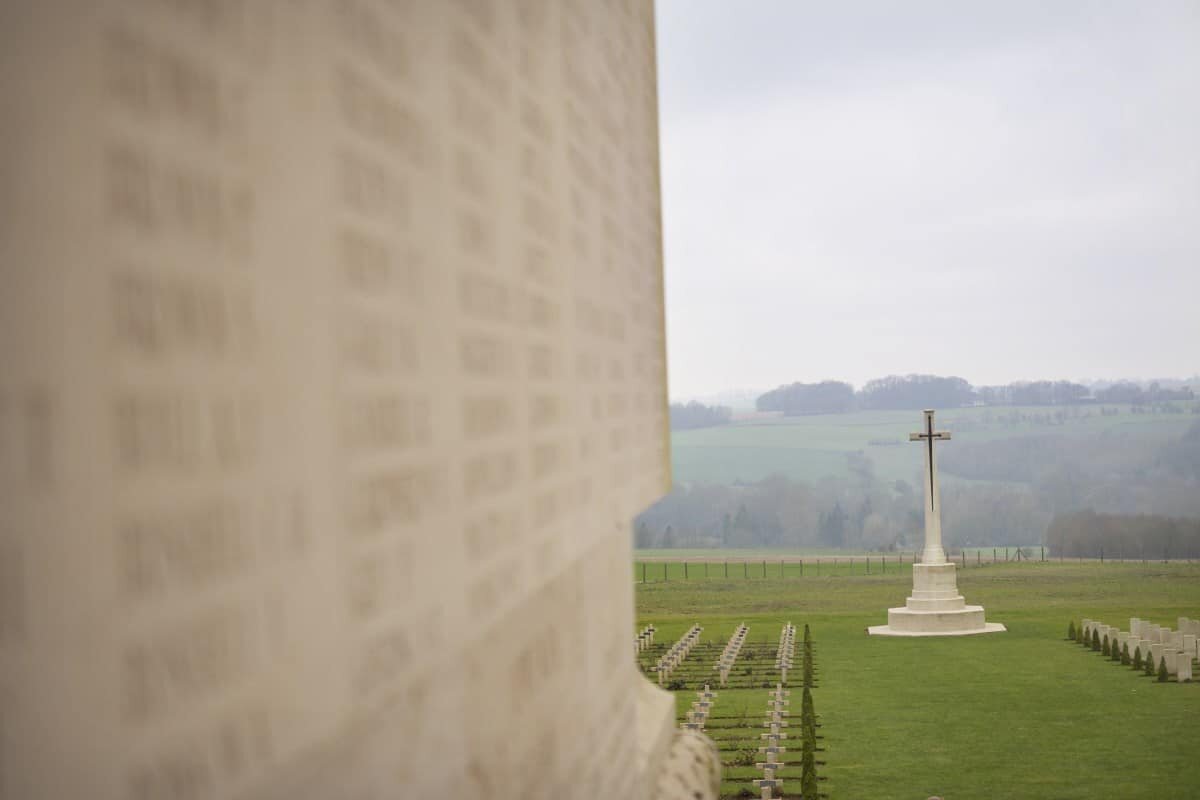
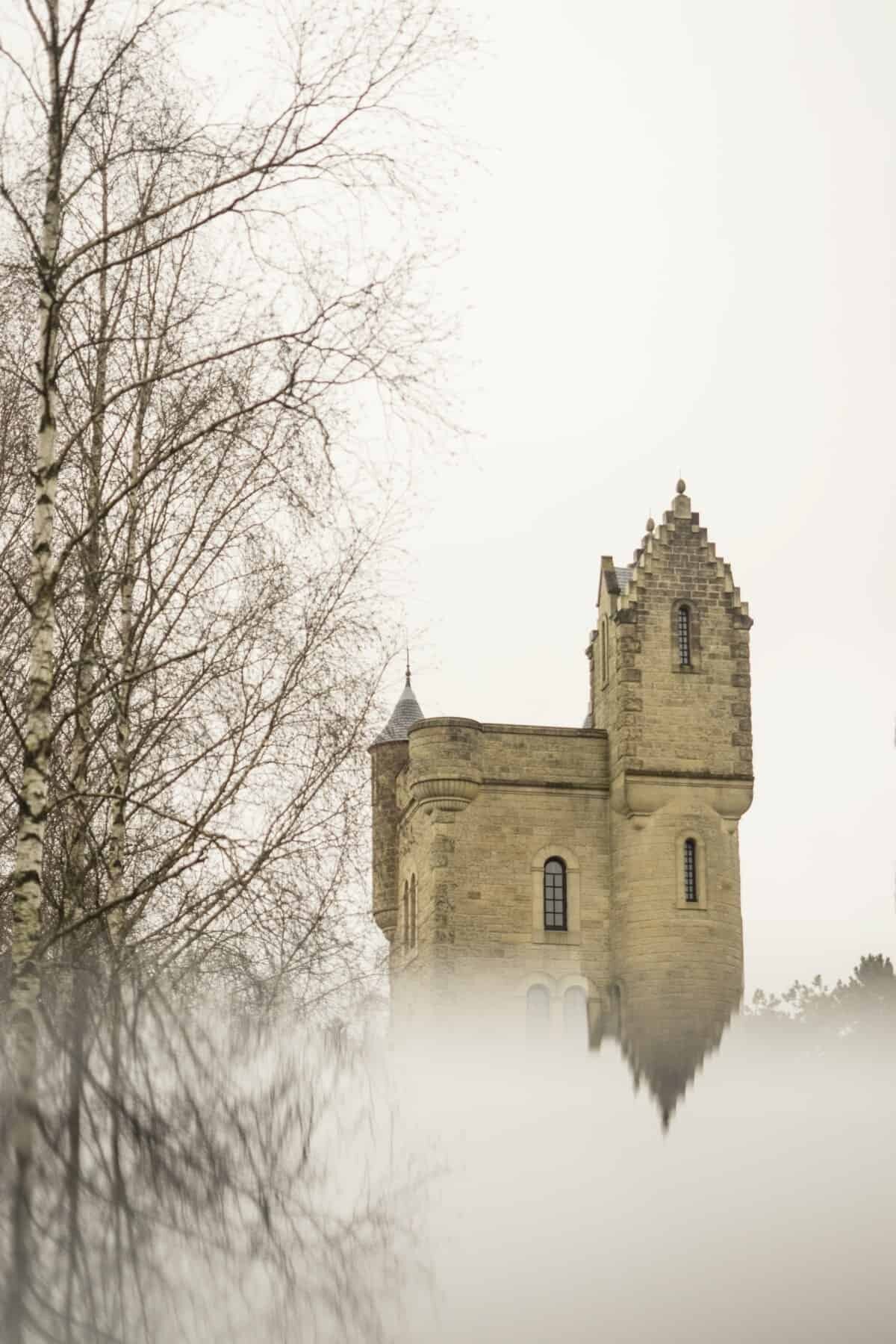
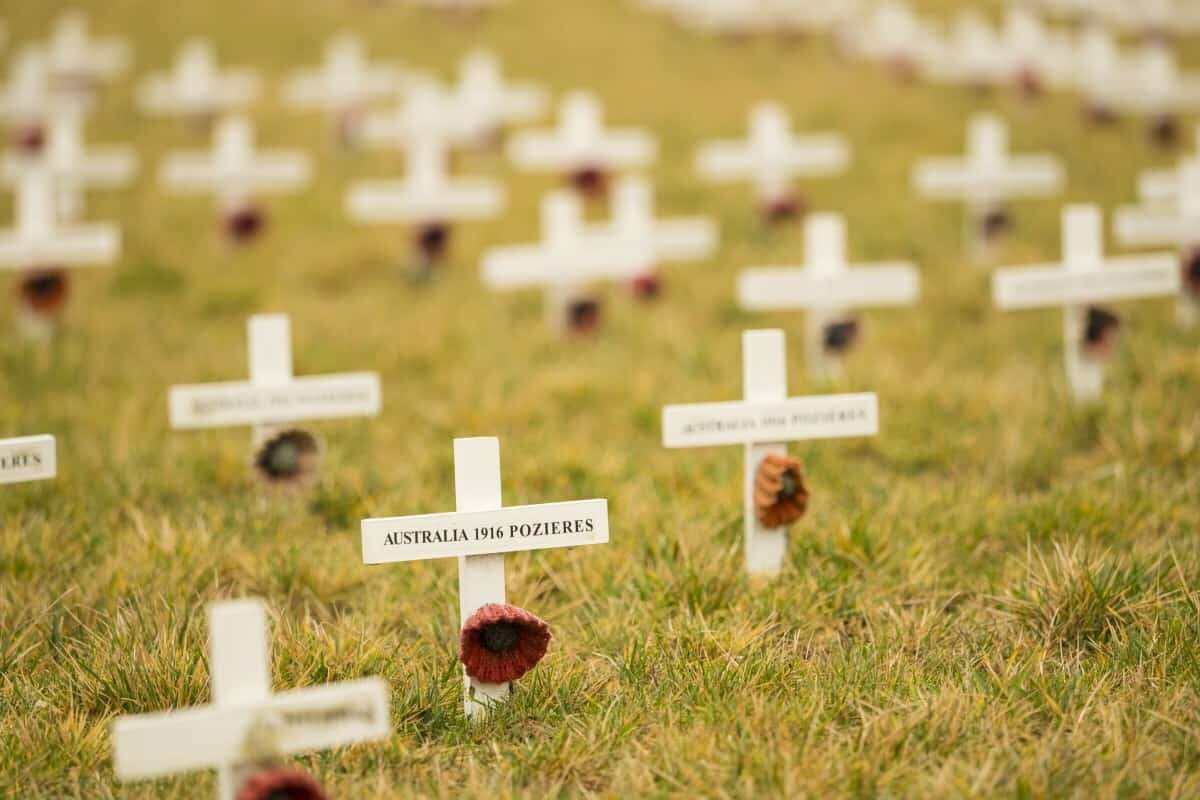
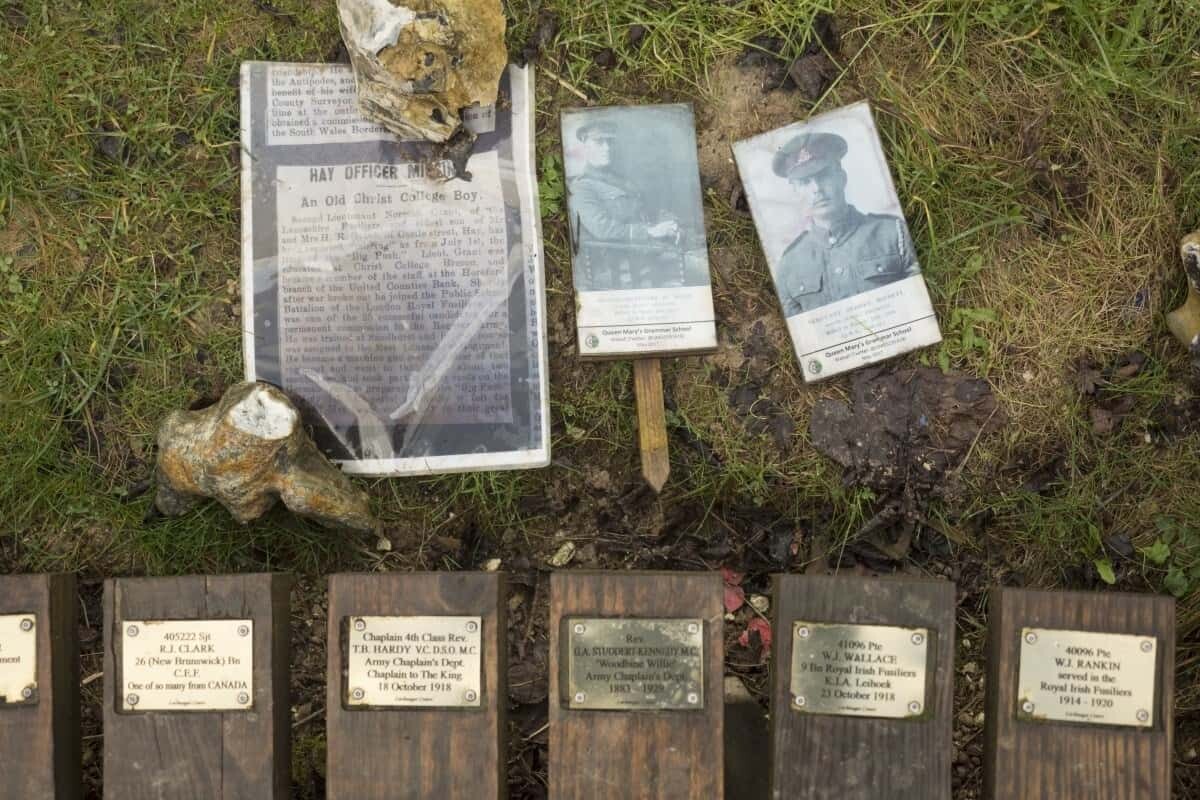
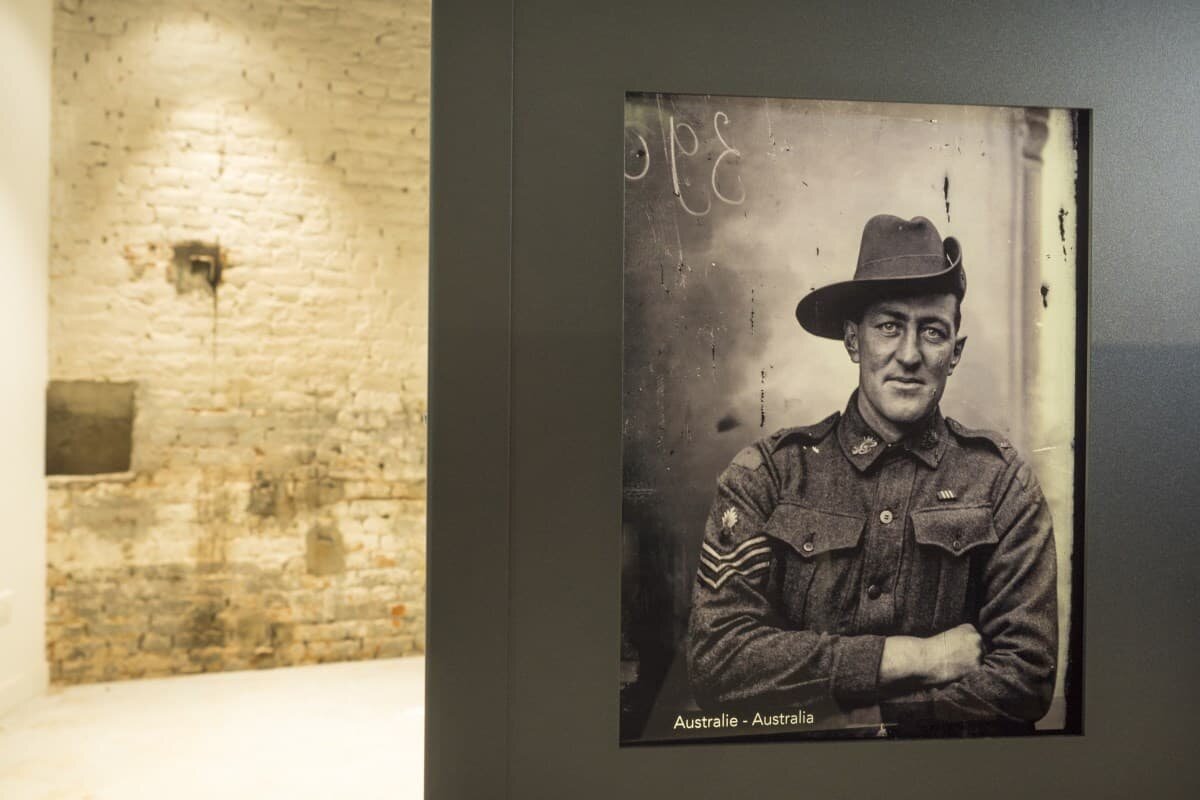
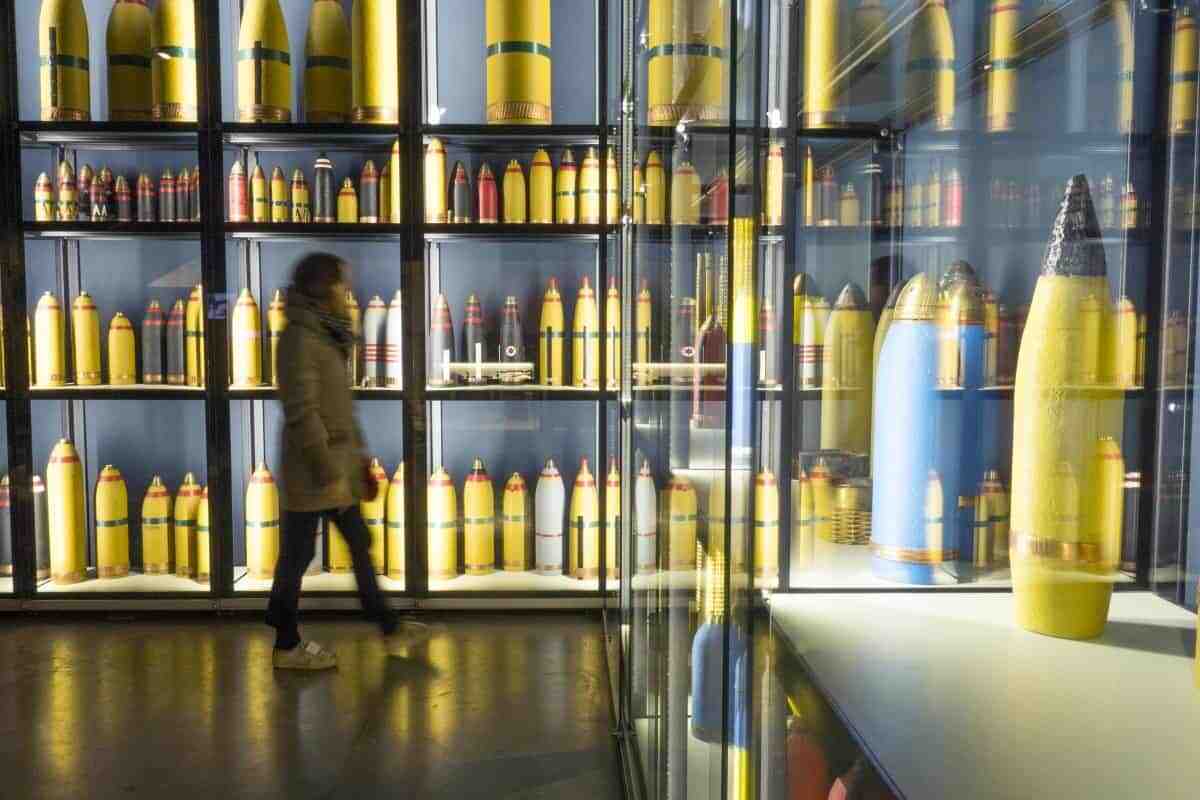
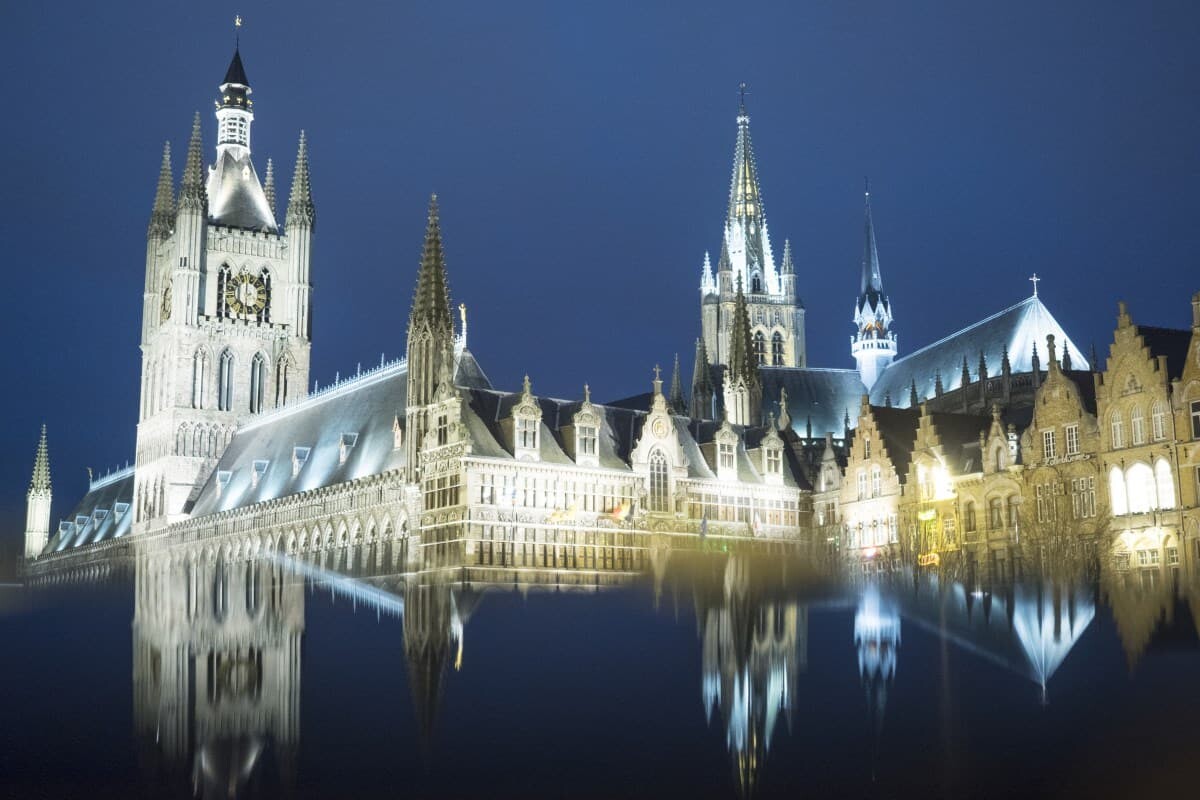
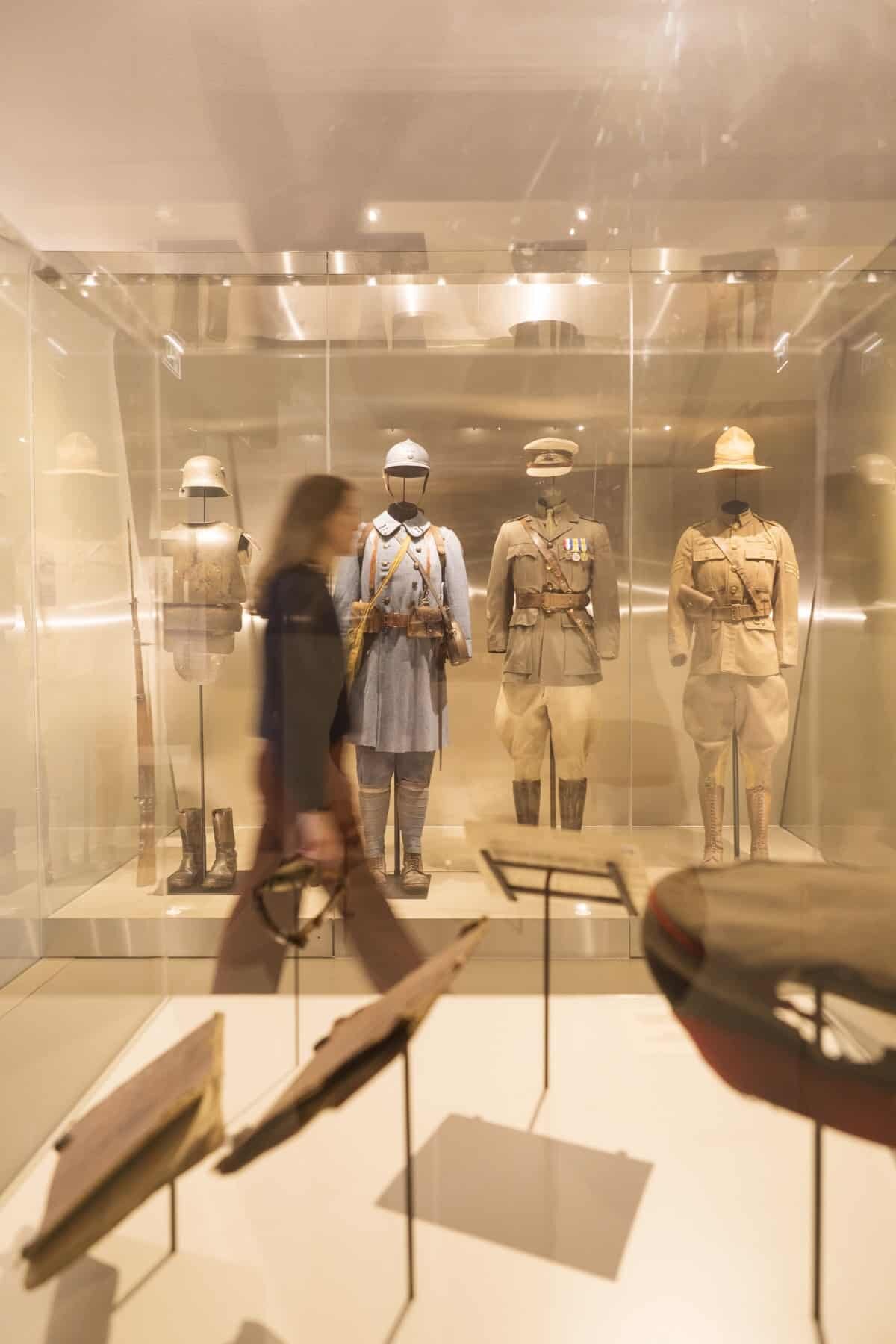
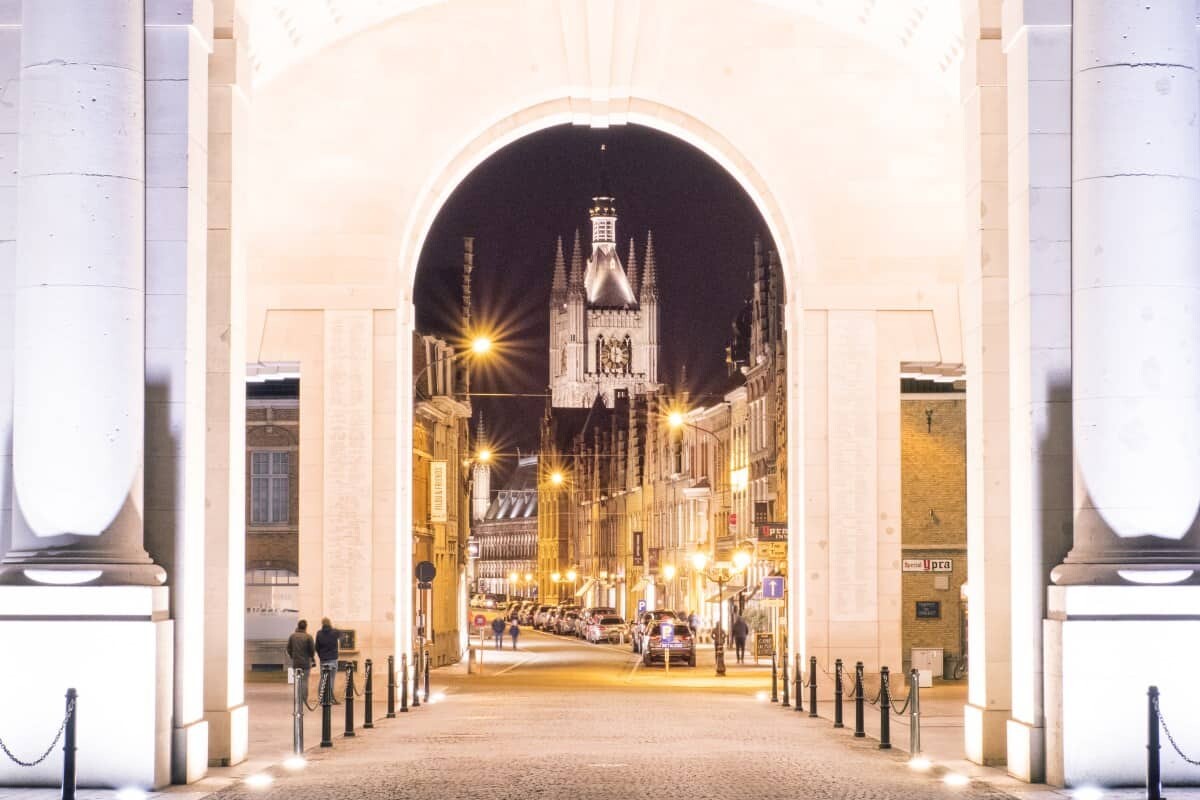
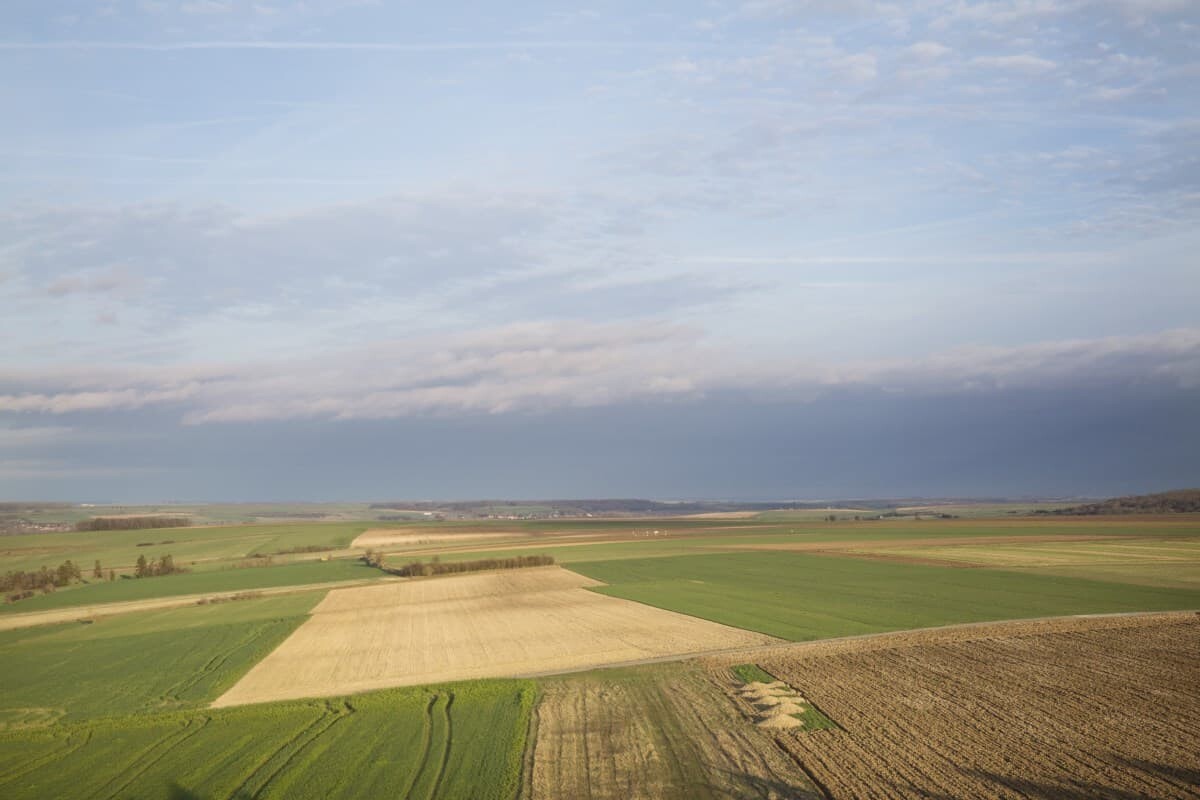
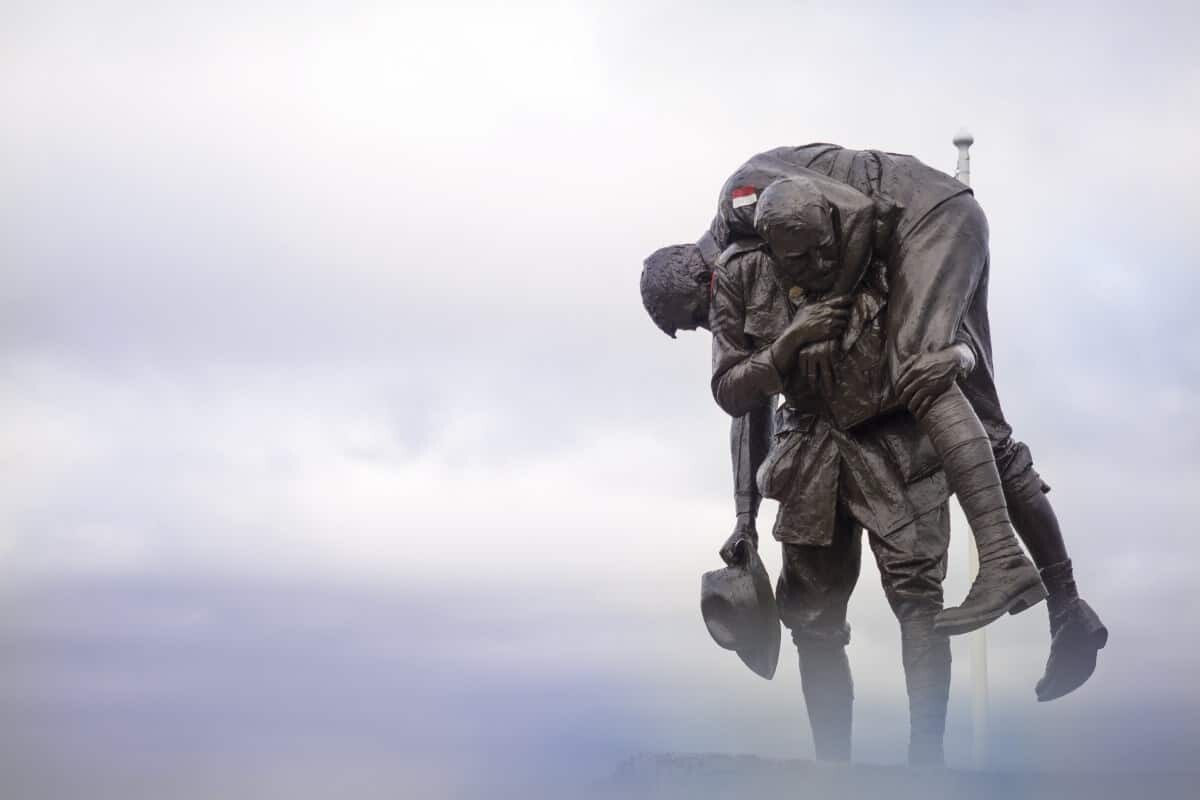
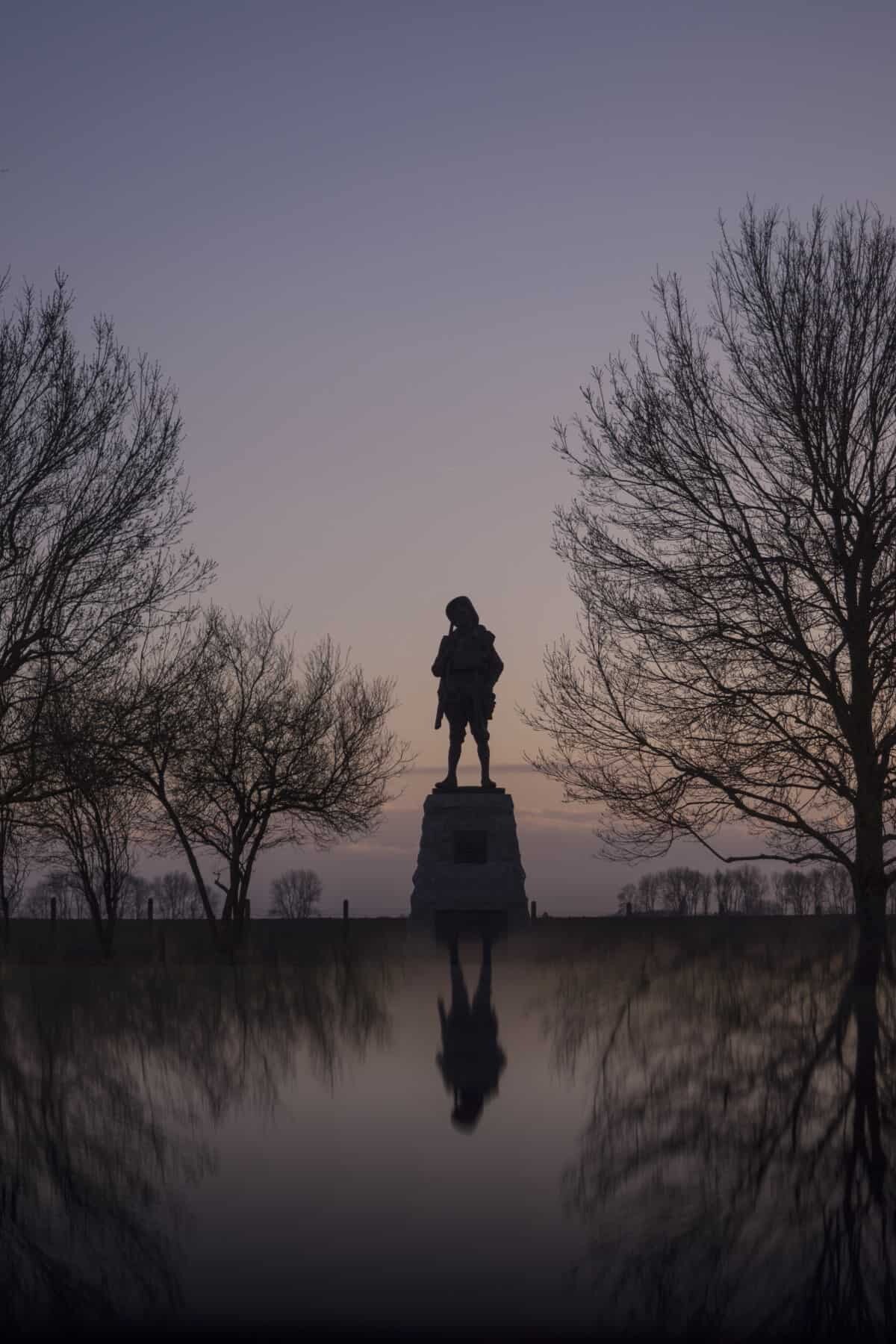

Hello! I’m the founder and photographer behind The Wandering Lens.
With 17+yrs experience as a professional travel and landscape photographer, all advice found on this site is from my personal experience on the road. I hope it’s useful for your own travels and would love to hear in the comments about your trips and experiences around the world.

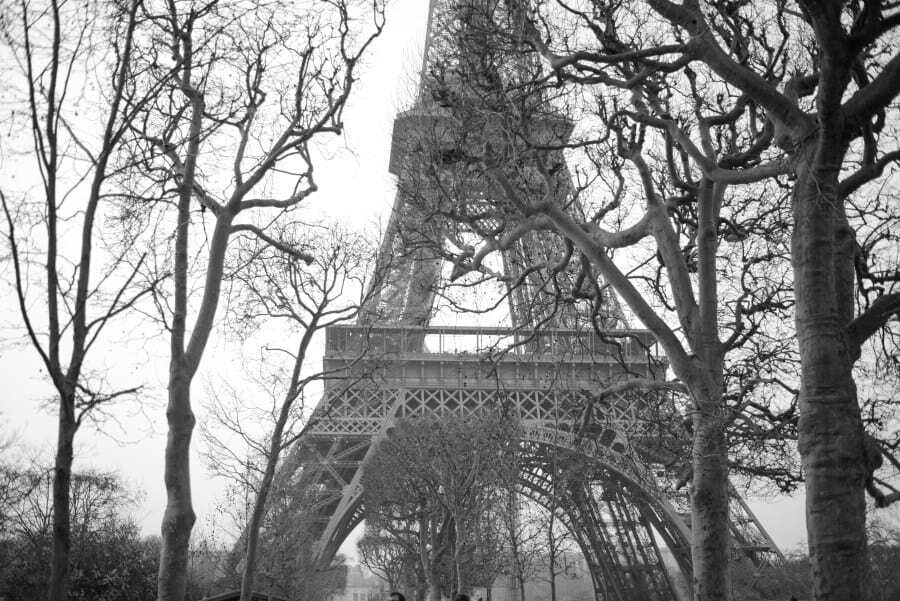
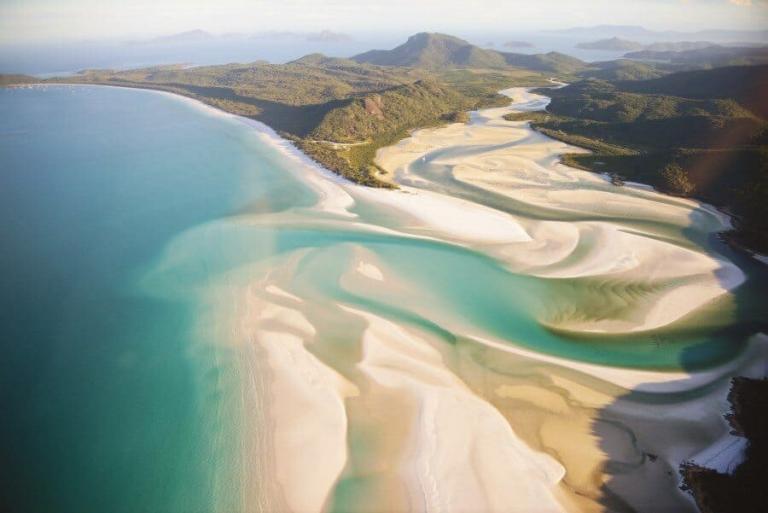
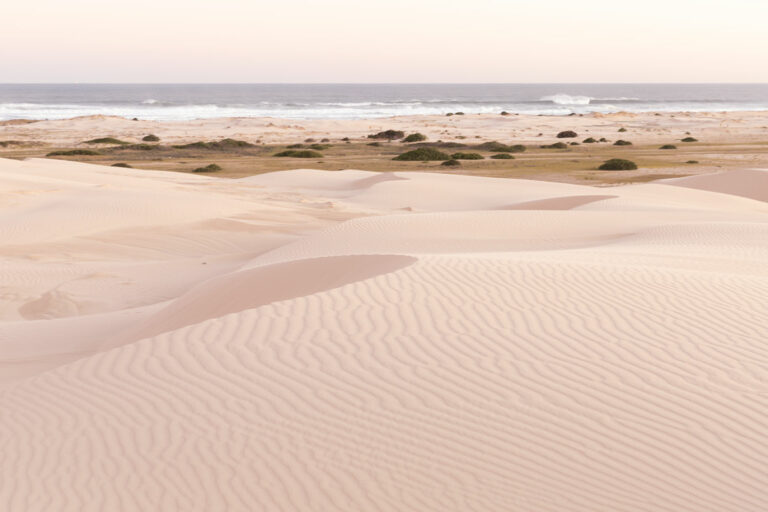
Blog Comments
Donna Campo
April 25, 2018 at 9:46 am
Very moving tribute to those brave men. Your photos are both heartbreaking and beautiful. My husband and I have travelled to a number of WWII memorials throughout Europe, always equal parts melancholy and patriotic pride along with gratitude to those countries who stand watch over our boys who didn’t make it home.
Marcelle
April 25, 2018 at 9:57 am
Beautiful, thoughtful & poignant images.